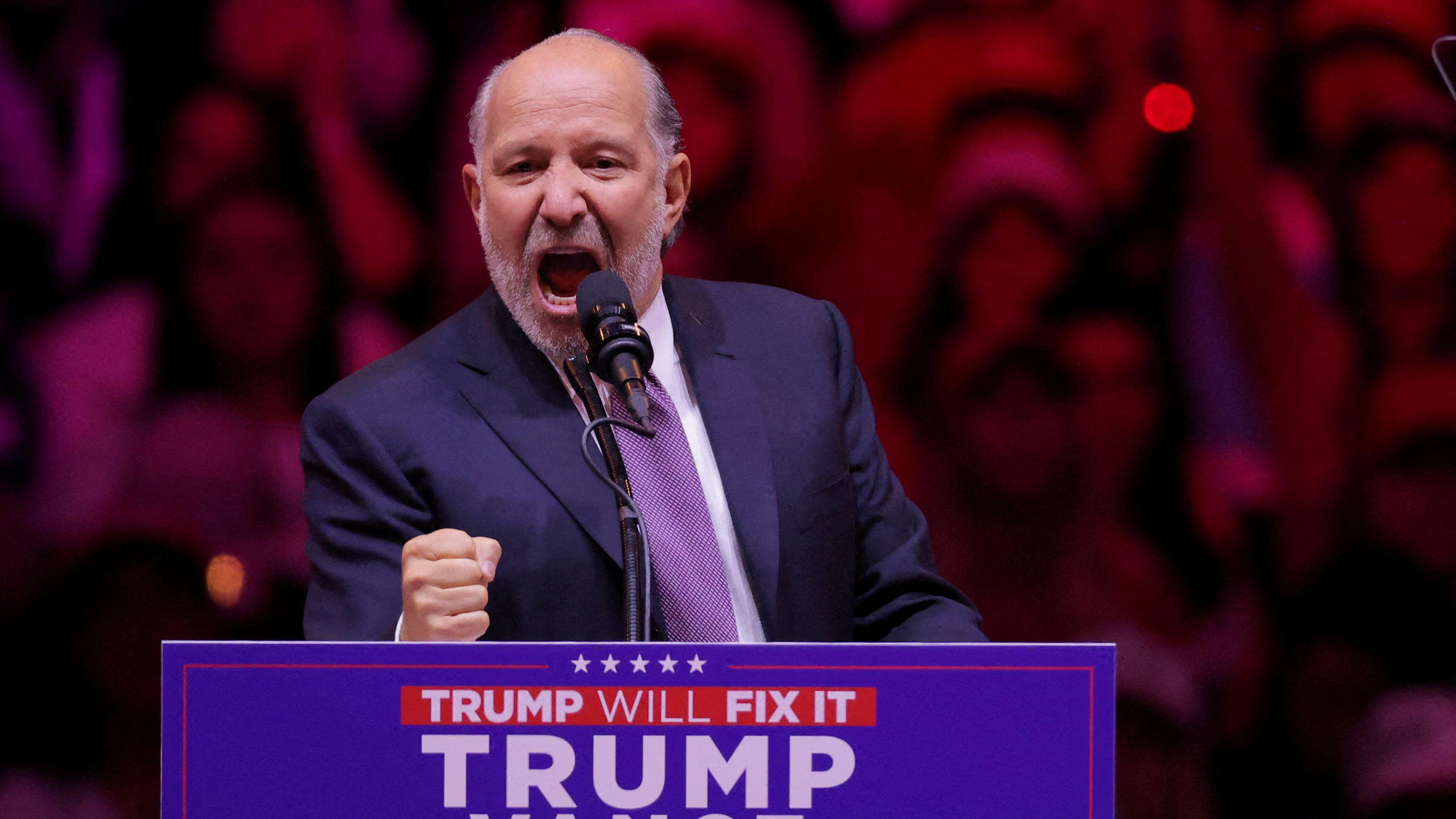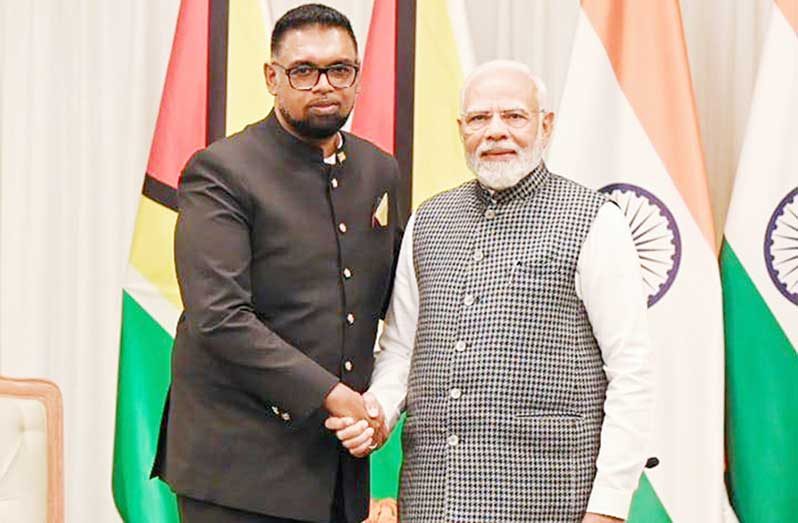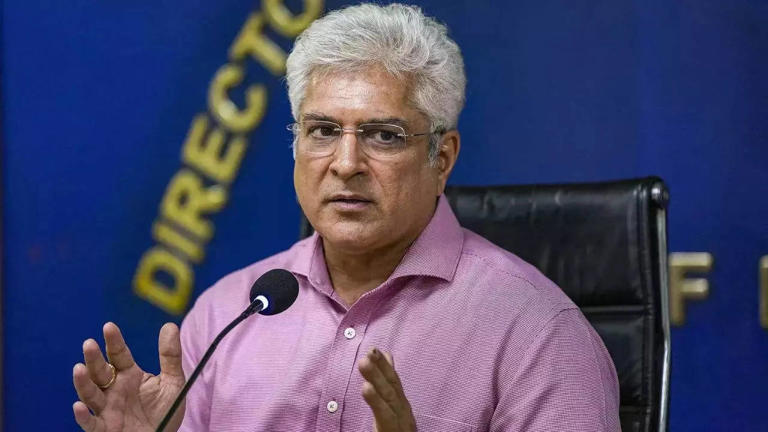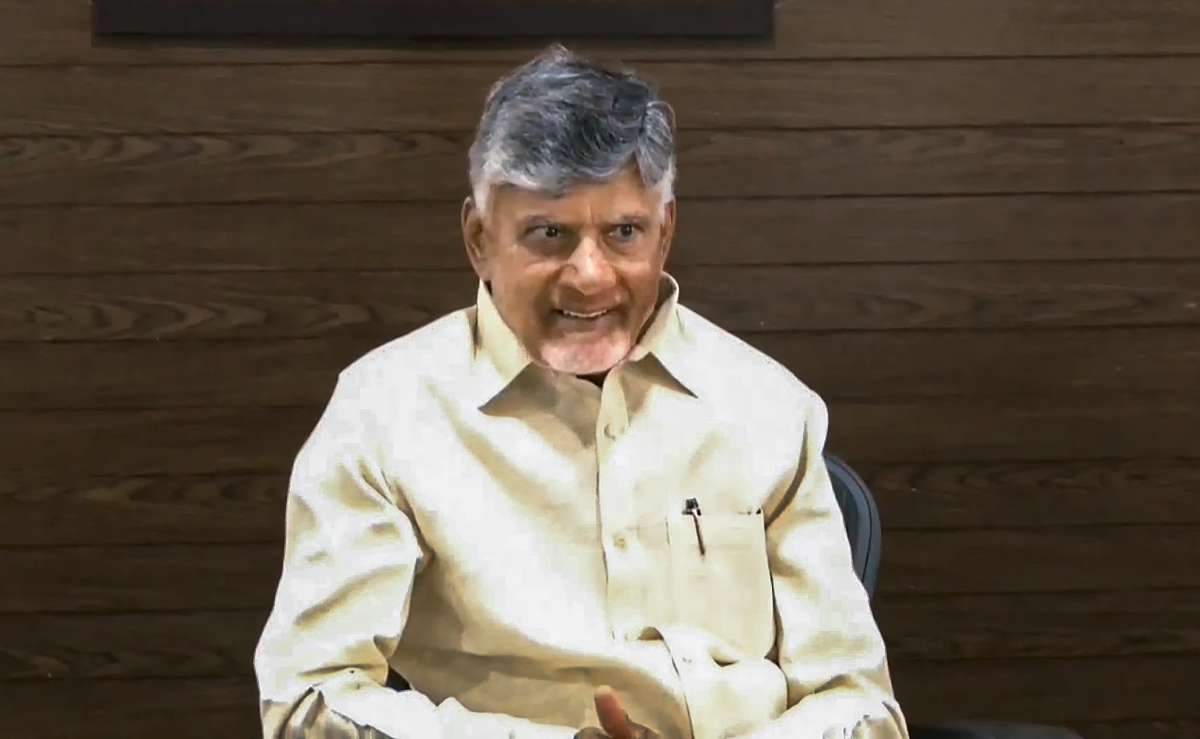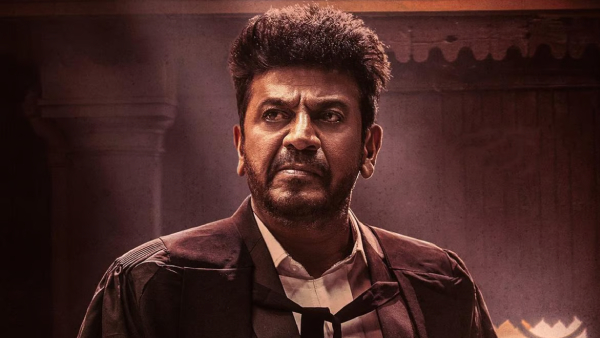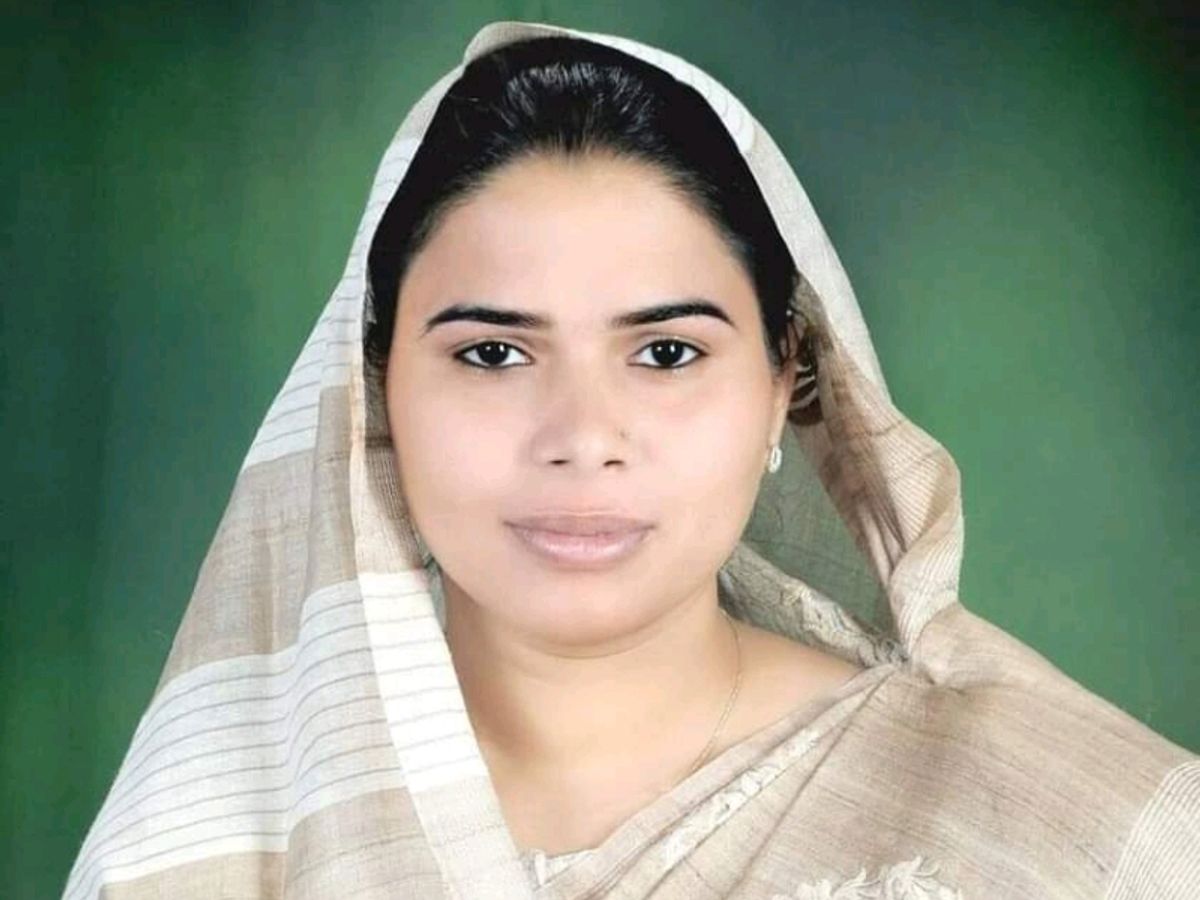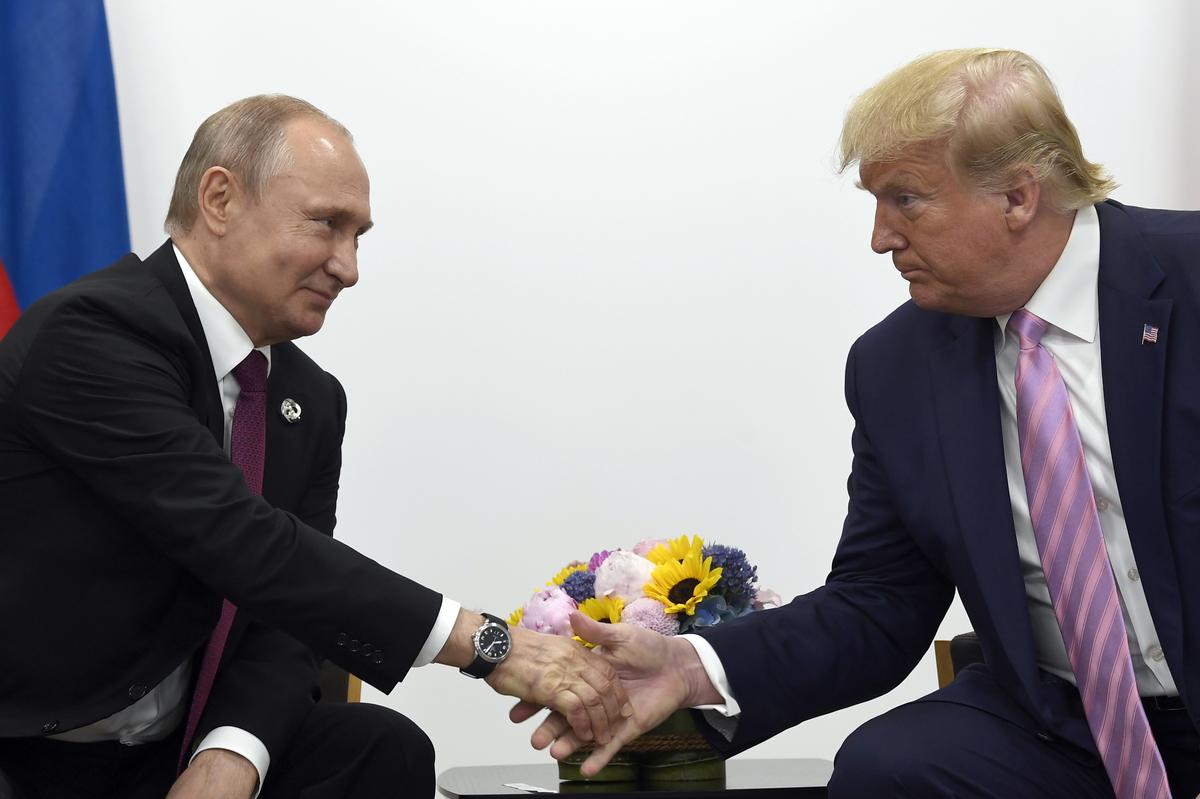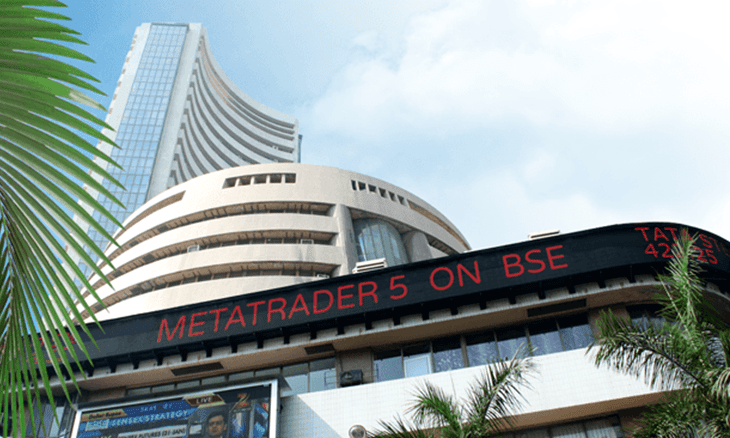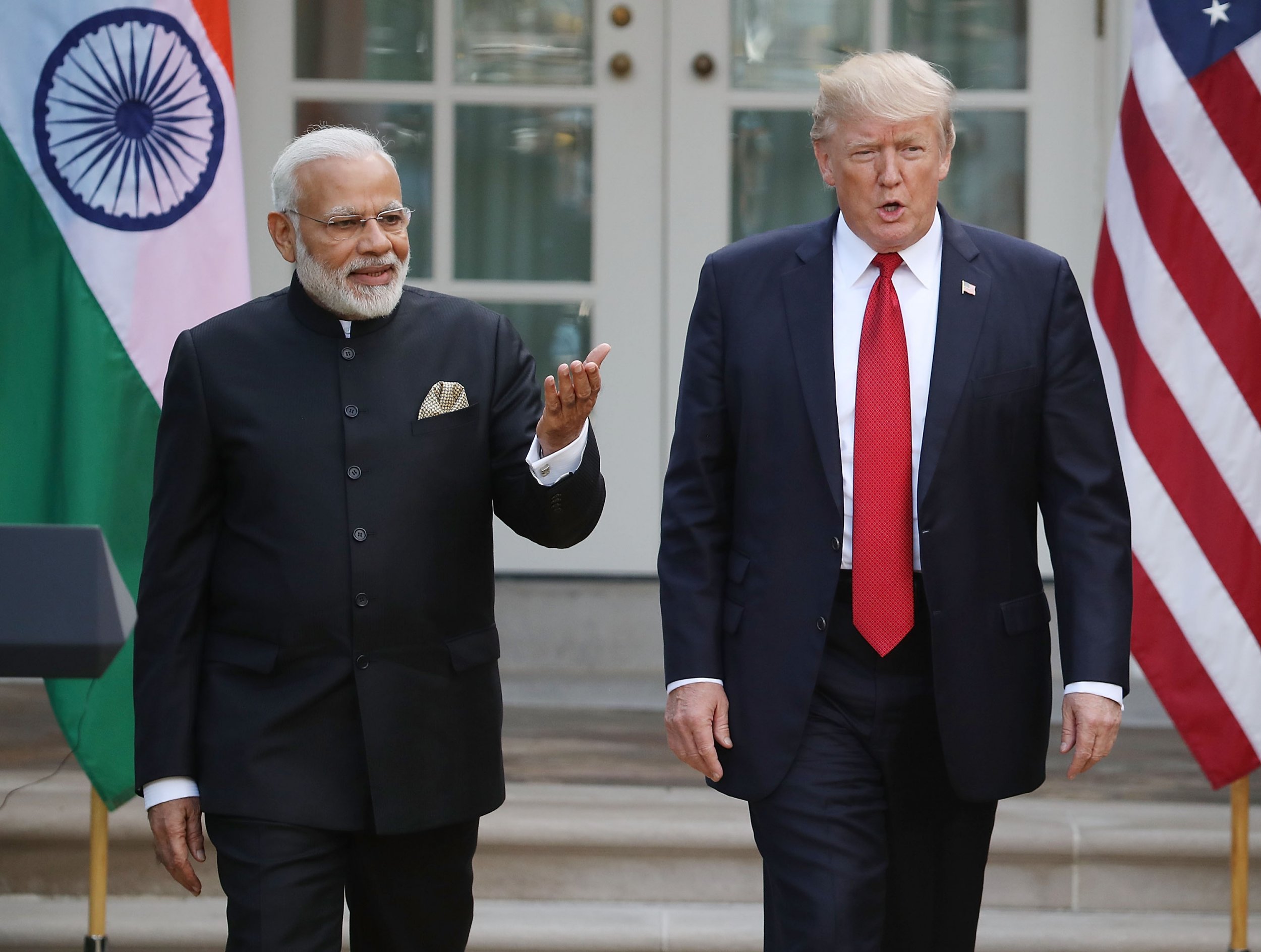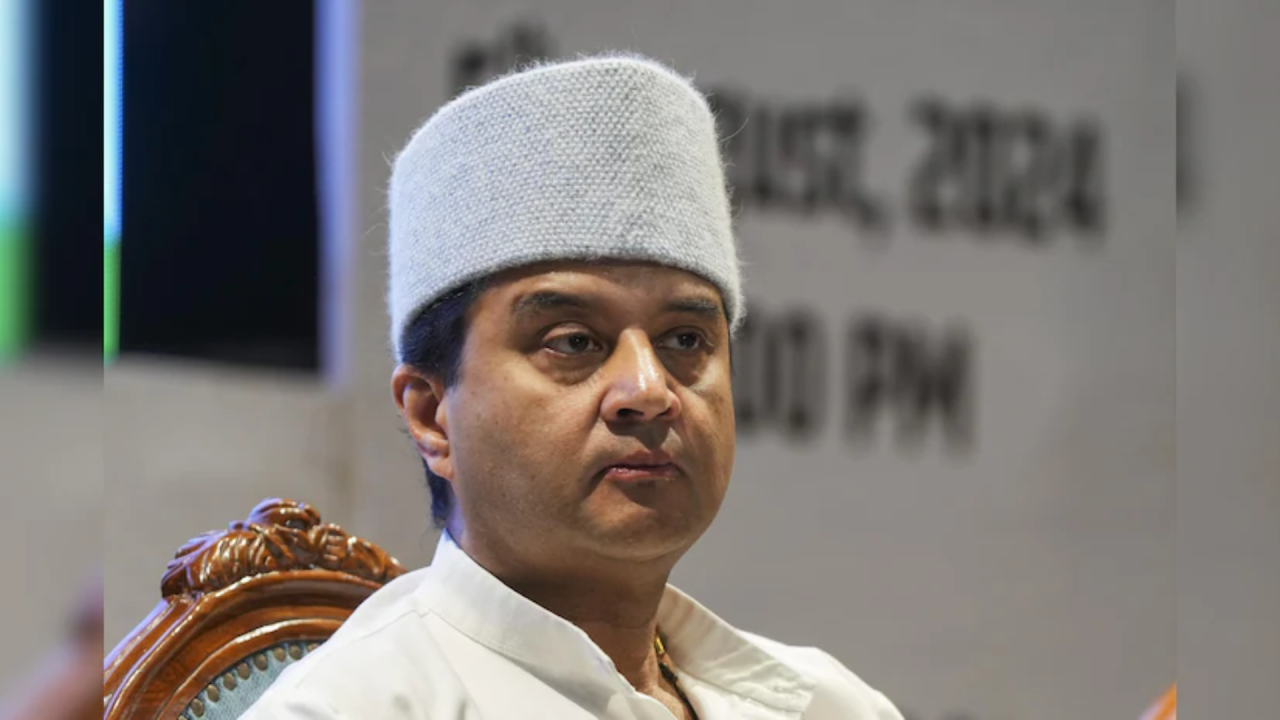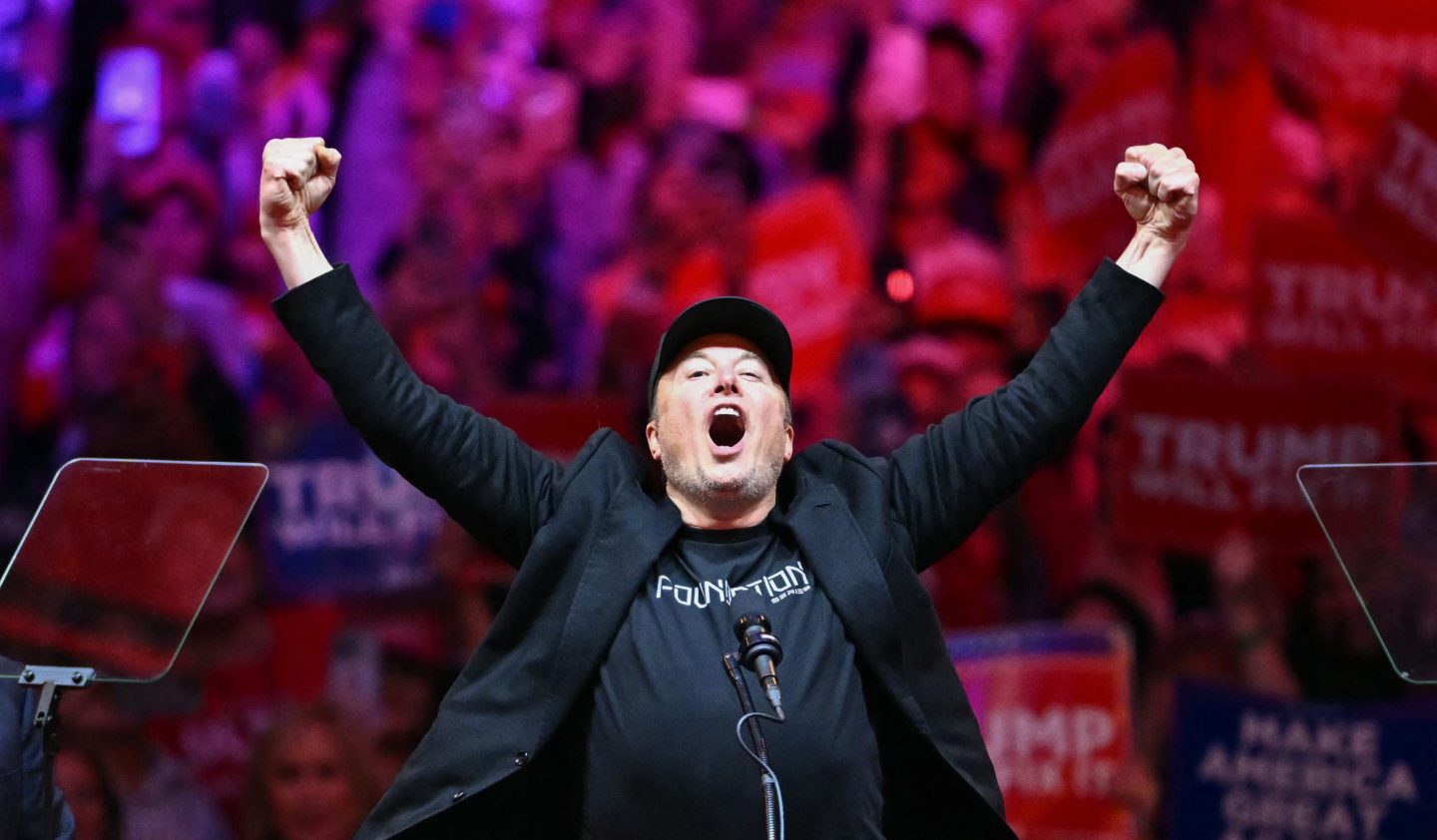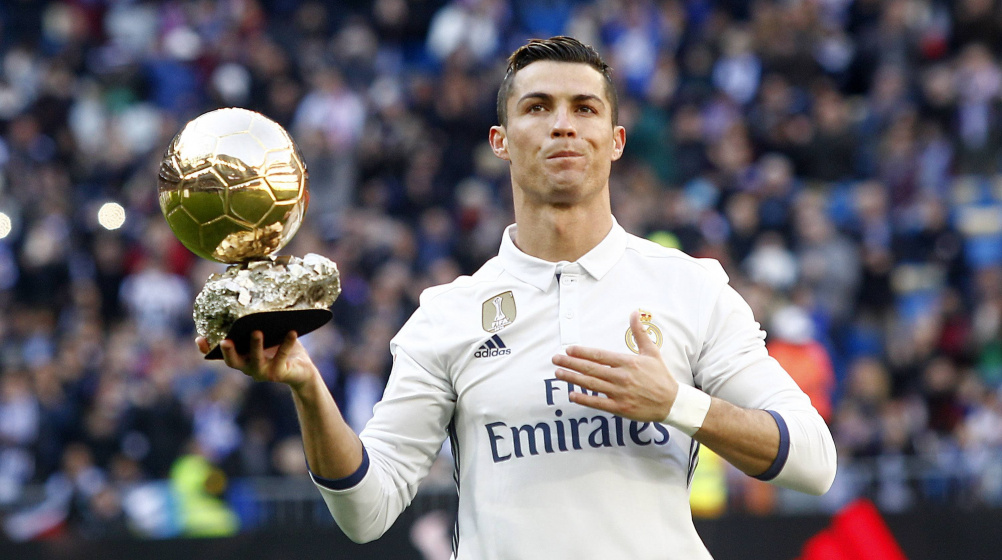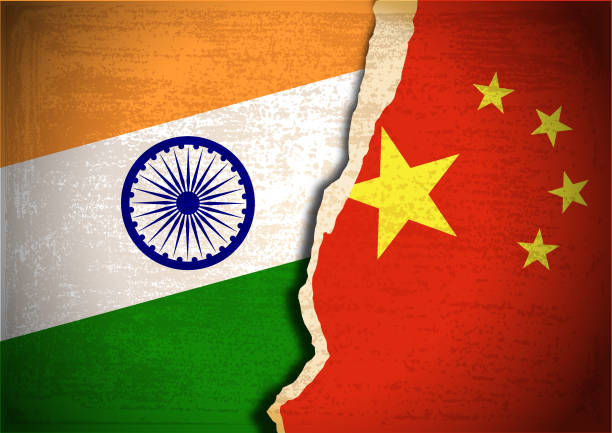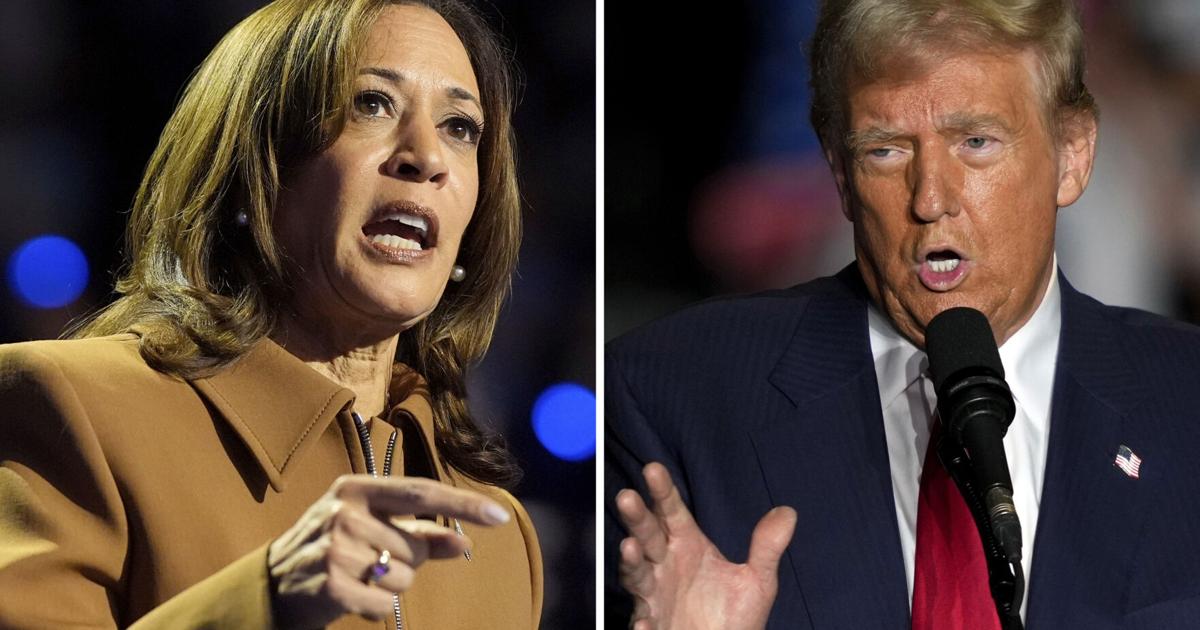Home / brand-post / Kim Jones Steps Down as Dior Menswear Artistic Director Amidst Industry Slowdown and Brand Reshuffle
Kim Jones Steps Down as Dior Menswear Artistic Director Amidst Industry Slowdown and Brand Reshuffle
By: My India Times
3 minutes read 88Updated At: 2025-02-01

The luxury fashion world is witnessing a significant transition as British designer Kim Jones officially steps down from his role as Artistic Director of Dior’s menswear division. The announcement, made by the LVMH-owned brand, comes at a time when the fashion industry is facing unprecedented challenges, with slowing sales and changing consumer preferences reshaping the market landscape. Jones’ departure after seven years of redefining Dior’s menswear signals a potential creative reset for the brand as it navigates a complex economic environment.
The End of an Era: Kim Jones' Impact on Dior’s Menswear Evolution
Kim Jones’ tenure at Dior saw the brand push the boundaries of luxury menswear, blending traditional tailoring with modern, streetwear-inspired elements. His collaborations with artists, musicians, and sportswear giants transformed Dior into a powerhouse of contemporary fashion, appealing to younger demographics while maintaining its heritage.
Throughout his leadership, Jones introduced bold silhouettes, intricate embroidery, and innovative textile techniques that positioned Dior as a leader in avant-garde menswear. His ability to merge high fashion with everyday wearability helped the brand remain relevant in an increasingly competitive luxury market. However, despite his success in redefining Dior’s aesthetic, industry experts suggest that a shift in design direction might be necessary to reinvigorate consumer interest amidst a challenging economic climate.
A Critical Moment for Dior: Addressing Brand Fatigue and Slowing Growth
Jones’ departure coincides with Dior’s reported slowdown in sales, which has raised concerns among investors and analysts. Luxury conglomerate LVMH recently disclosed that its fashion and leather goods division, which includes Dior and Louis Vuitton, experienced a decline in revenue during the last quarter. While Louis Vuitton maintained a stronger performance, Dior has faced challenges with brand fatigue—an issue that luxury brands often combat through leadership changes and fresh design approaches.
Industry analysts believe that the transition at Dior could inject new energy into the brand, attracting both loyal customers and new audiences. Many high-end fashion houses, including Prada and Gucci, have made leadership changes in response to shifting market demands. Dior’s next artistic director will have the crucial task of balancing heritage with innovation, ensuring the brand remains desirable in an increasingly competitive landscape.
LVMH’s Strategic Moves: Leadership Restructuring and Market Adaptation
Dior’s leadership restructuring extends beyond its creative division. Delphine Arnault, CEO of Dior, has been making strategic appointments, including the recruitment of Benedetta Petruzzo as managing director. Petruzzo, who previously led Miu Miu—a label known for its impressive growth trajectory—brings valuable insights that could help Dior navigate economic uncertainties.
LVMH, the parent company of Dior, is carefully recalibrating its business strategies to maintain dominance in the luxury sector. The group has been focusing on ultra-high-net-worth clients who are less affected by inflation and economic downturns. However, recent pricing strategies have led to mixed consumer reactions, with some analysts suggesting that price hikes may have deterred middle-tier luxury buyers.
A New Creative Direction: The Search for Dior’s Next Menswear Visionary
While Dior has not yet named Jones’ successor, the fashion industry is rife with speculation about potential candidates. Given the brand’s prestigious status, LVMH is expected to appoint a designer who can seamlessly merge contemporary appeal with timeless luxury. Recent high-profile creative changes in the industry—such as Matthieu Blazy’s appointment at Chanel and Glenn Martens taking over at Maison Margiela—suggest that Dior may opt for an equally influential figure to drive its next chapter.
The future of Dior’s menswear will largely depend on how the new creative leader reinterprets the brand’s legacy while responding to evolving consumer expectations. The challenge lies in maintaining the brand’s exclusivity while finding fresh ways to captivate the fashion-forward audience.
Conclusion: The Future of Dior and the Changing Landscape of Luxury Fashion
Kim Jones’ departure from Dior marks a pivotal moment for the brand as it prepares for a new creative chapter. As the luxury fashion industry faces economic shifts, rising competition, and evolving consumer behaviors, Dior must strategically reposition itself to remain a dominant force.
The upcoming leadership transition will play a critical role in shaping Dior’s future, influencing everything from design philosophy to market positioning. Whether the brand embraces a bold reinvention or opts for a subtle refinement of its menswear line, one thing is clear—the stakes have never been higher. As Dior prepares to enter a new era, the global fashion industry eagerly anticipates its next move.
....
The luxury fashion world is witnessing a significant transition as British designer Kim Jones officially steps down from his role as Artistic Director of Dior’s menswear division. The announcement, made by the LVMH-owned brand, comes at a time when the fashion industry is facing unprecedented challenges, with slowing sales and changing consumer preferences reshaping the market landscape. Jones’ departure after seven years of redefining Dior’s menswear signals a potential creative reset for the brand as it navigates a complex economic environment.
The End of an Era: Kim Jones' Impact on Dior’s Menswear Evolution
Kim Jones’ tenure at Dior saw the brand push the boundaries of luxury menswear, blending traditional tailoring with modern, streetwear-inspired elements. His collaborations with artists, musicians, and sportswear giants transformed Dior into a powerhouse of contemporary fashion, appealing to younger demographics while maintaining its heritage.
Throughout his leadership, Jones introduced bold silhouettes, intricate embroidery, and innovative textile techniques that positioned Dior as a leader in avant-garde menswear. His ability to merge high fashion with everyday wearability helped the brand remain relevant in an increasingly competitive luxury market. However, despite his success in redefining Dior’s aesthetic, industry experts suggest that a shift in design direction might be necessary to reinvigorate consumer interest amidst a challenging economic climate.
A Critical Moment for Dior: Addressing Brand Fatigue and Slowing Growth
Jones’ departure coincides with Dior’s reported slowdown in sales, which has raised concerns among investors and analysts. Luxury conglomerate LVMH recently disclosed that its fashion and leather goods division, which includes Dior and Louis Vuitton, experienced a decline in revenue during the last quarter. While Louis Vuitton maintained a stronger performance, Dior has faced challenges with brand fatigue—an issue that luxury brands often combat through leadership changes and fresh design approaches.
Industry analysts believe that the transition at Dior could inject new energy into the brand, attracting both loyal customers and new audiences. Many high-end fashion houses, including Prada and Gucci, have made leadership changes in response to shifting market demands. Dior’s next artistic director will have the crucial task of balancing heritage with innovation, ensuring the brand remains desirable in an increasingly competitive landscape.
LVMH’s Strategic Moves: Leadership Restructuring and Market Adaptation
Dior’s leadership restructuring extends beyond its creative division. Delphine Arnault, CEO of Dior, has been making strategic appointments, including the recruitment of Benedetta Petruzzo as managing director. Petruzzo, who previously led Miu Miu—a label known for its impressive growth trajectory—brings valuable insights that could help Dior navigate economic uncertainties.
LVMH, the parent company of Dior, is carefully recalibrating its business strategies to maintain dominance in the luxury sector. The group has been focusing on ultra-high-net-worth clients who are less affected by inflation and economic downturns. However, recent pricing strategies have led to mixed consumer reactions, with some analysts suggesting that price hikes may have deterred middle-tier luxury buyers.
A New Creative Direction: The Search for Dior’s Next Menswear Visionary
While Dior has not yet named Jones’ successor, the fashion industry is rife with speculation about potential candidates. Given the brand’s prestigious status, LVMH is expected to appoint a designer who can seamlessly merge contemporary appeal with timeless luxury. Recent high-profile creative changes in the industry—such as Matthieu Blazy’s appointment at Chanel and Glenn Martens taking over at Maison Margiela—suggest that Dior may opt for an equally influential figure to drive its next chapter.
The future of Dior’s menswear will largely depend on how the new creative leader reinterprets the brand’s legacy while responding to evolving consumer expectations. The challenge lies in maintaining the brand’s exclusivity while finding fresh ways to captivate the fashion-forward audience.
Conclusion: The Future of Dior and the Changing Landscape of Luxury Fashion
Kim Jones’ departure from Dior marks a pivotal moment for the brand as it prepares for a new creative chapter. As the luxury fashion industry faces economic shifts, rising competition, and evolving consumer behaviors, Dior must strategically reposition itself to remain a dominant force.
The upcoming leadership transition will play a critical role in shaping Dior’s future, influencing everything from design philosophy to market positioning. Whether the brand embraces a bold reinvention or opts for a subtle refinement of its menswear line, one thing is clear—the stakes have never been higher. As Dior prepares to enter a new era, the global fashion industry eagerly anticipates its next move.
By: My India Times
Updated At: 2025-02-01
Tags: brand-post News | My India Times News | Trending News | Travel News
Join our WhatsApp Channel



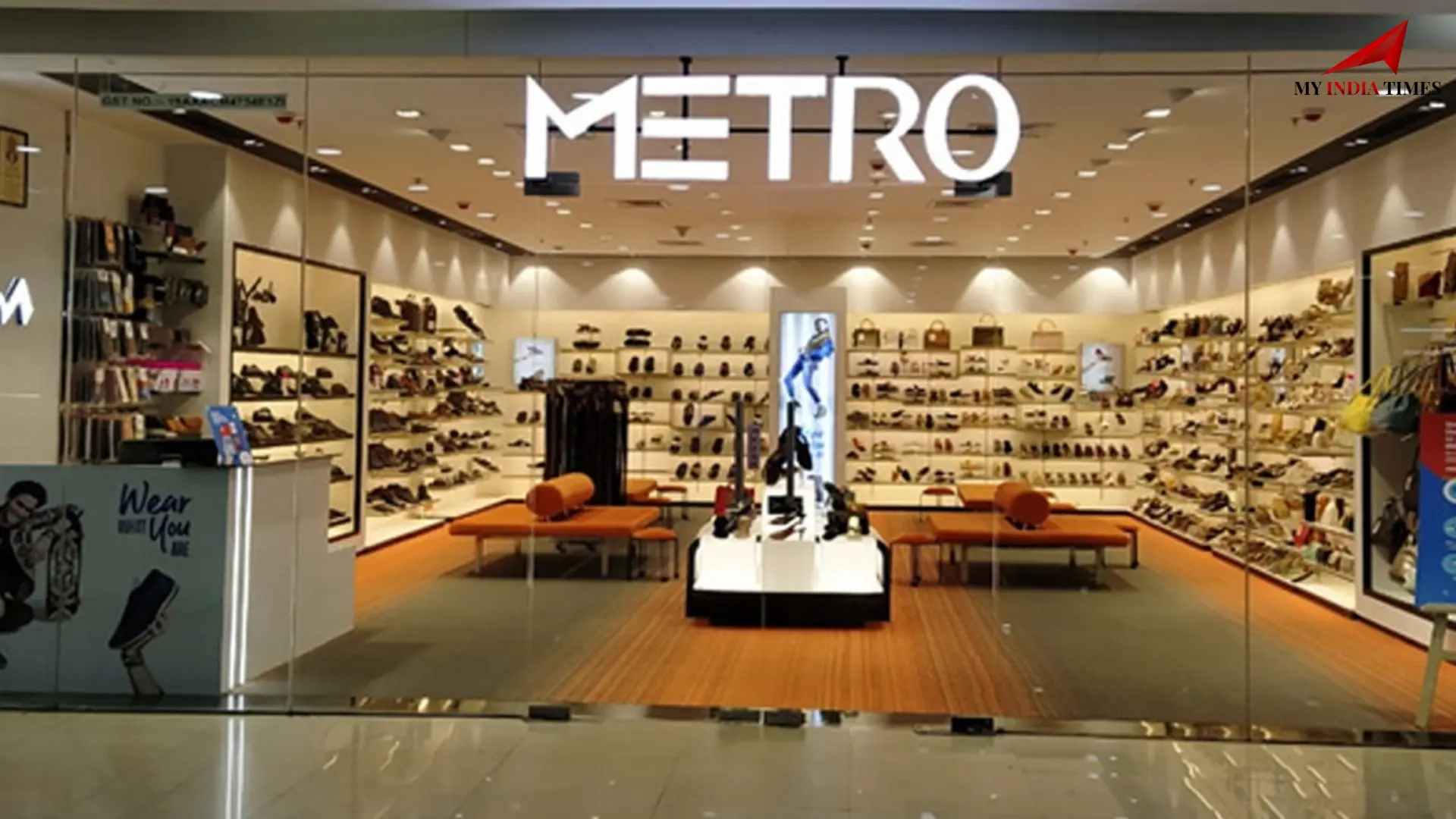


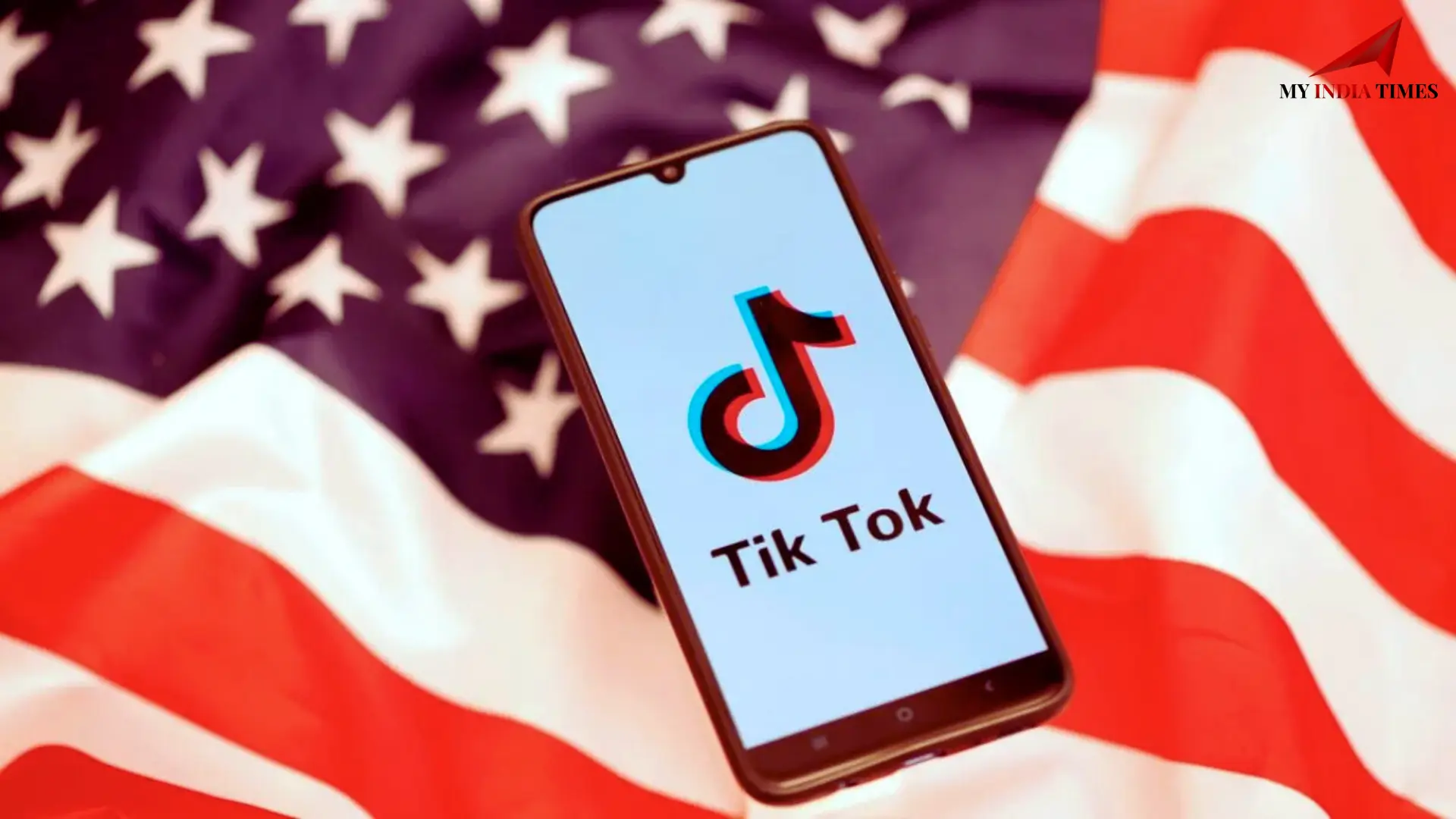
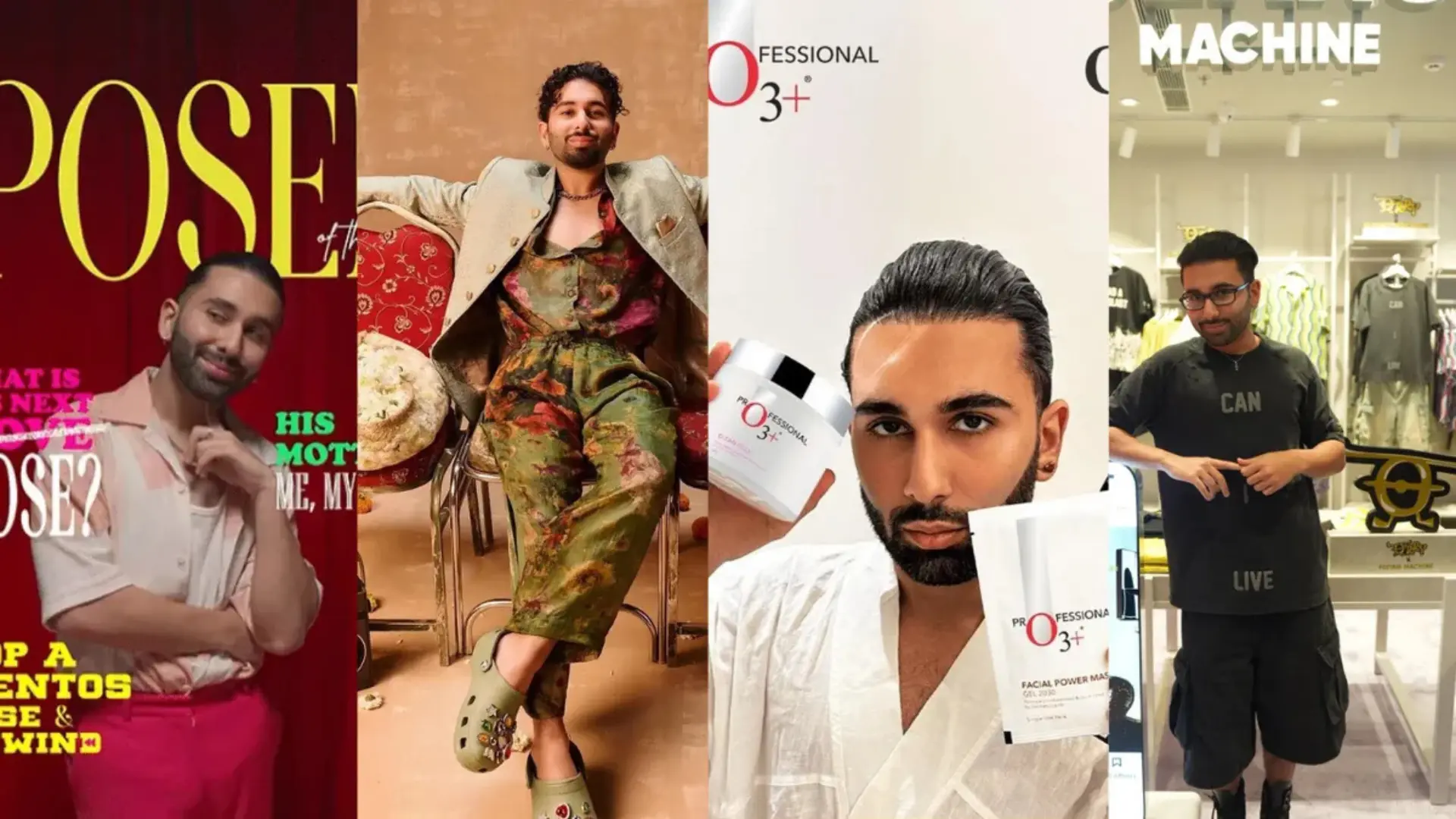



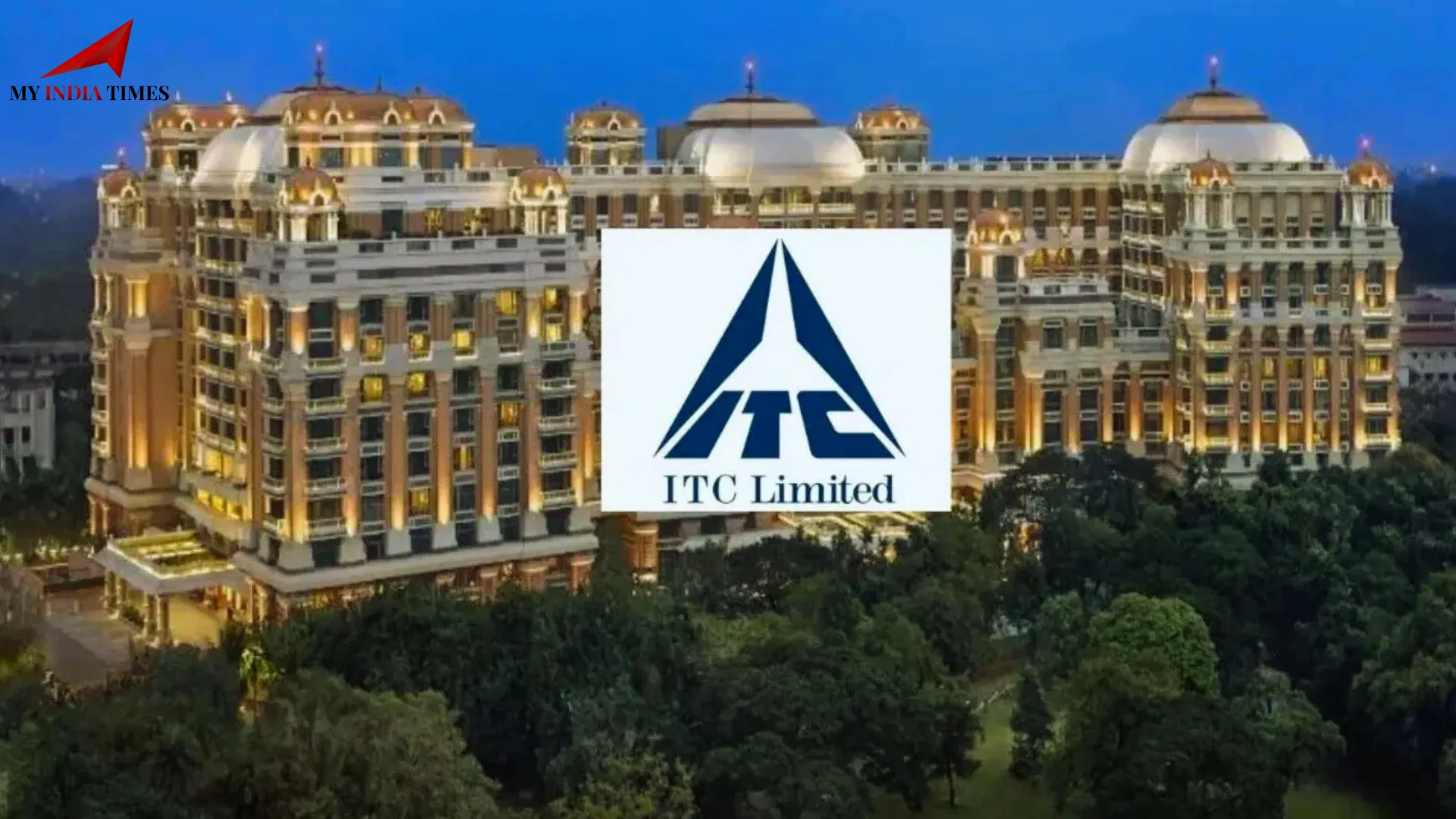

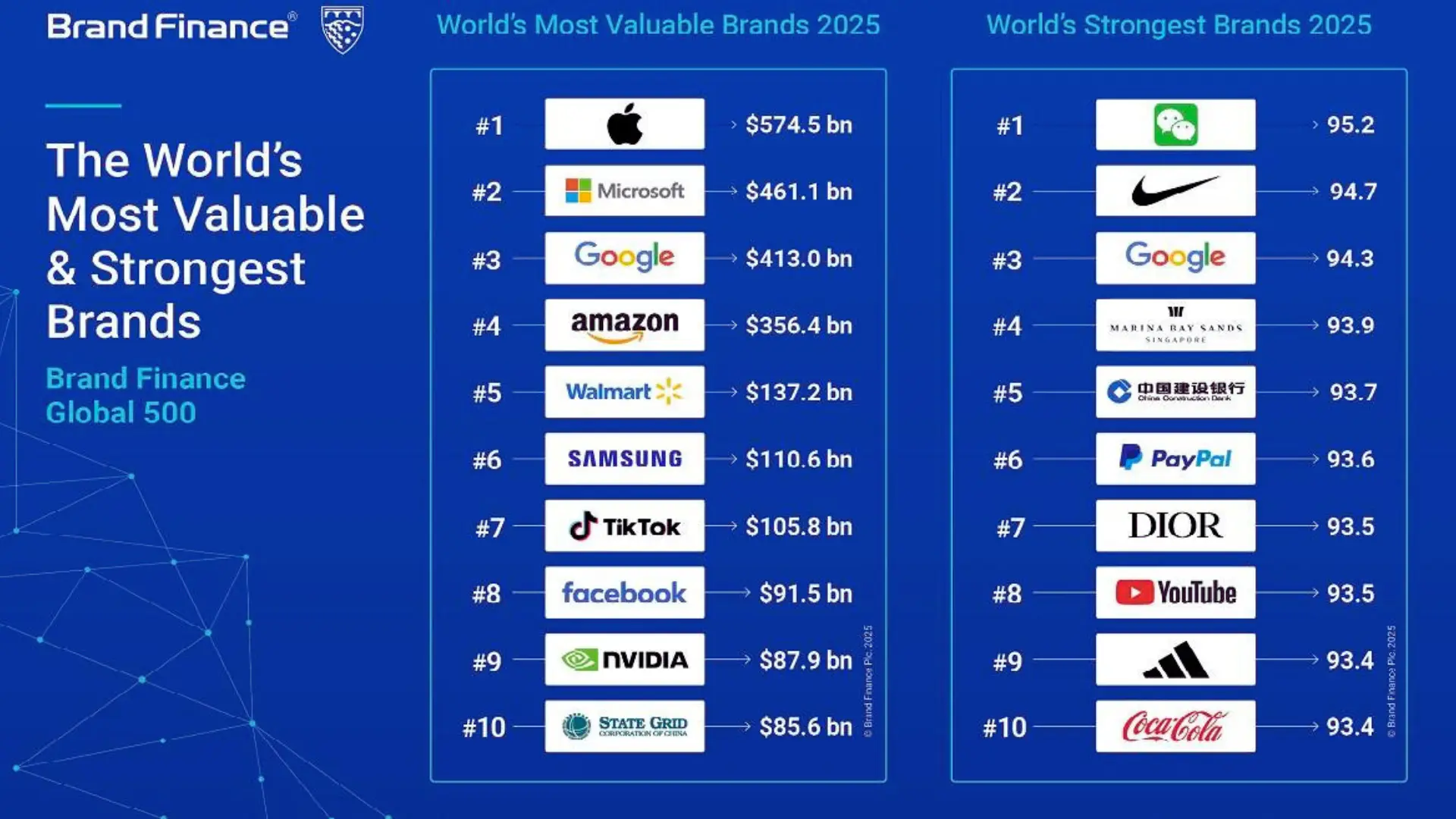

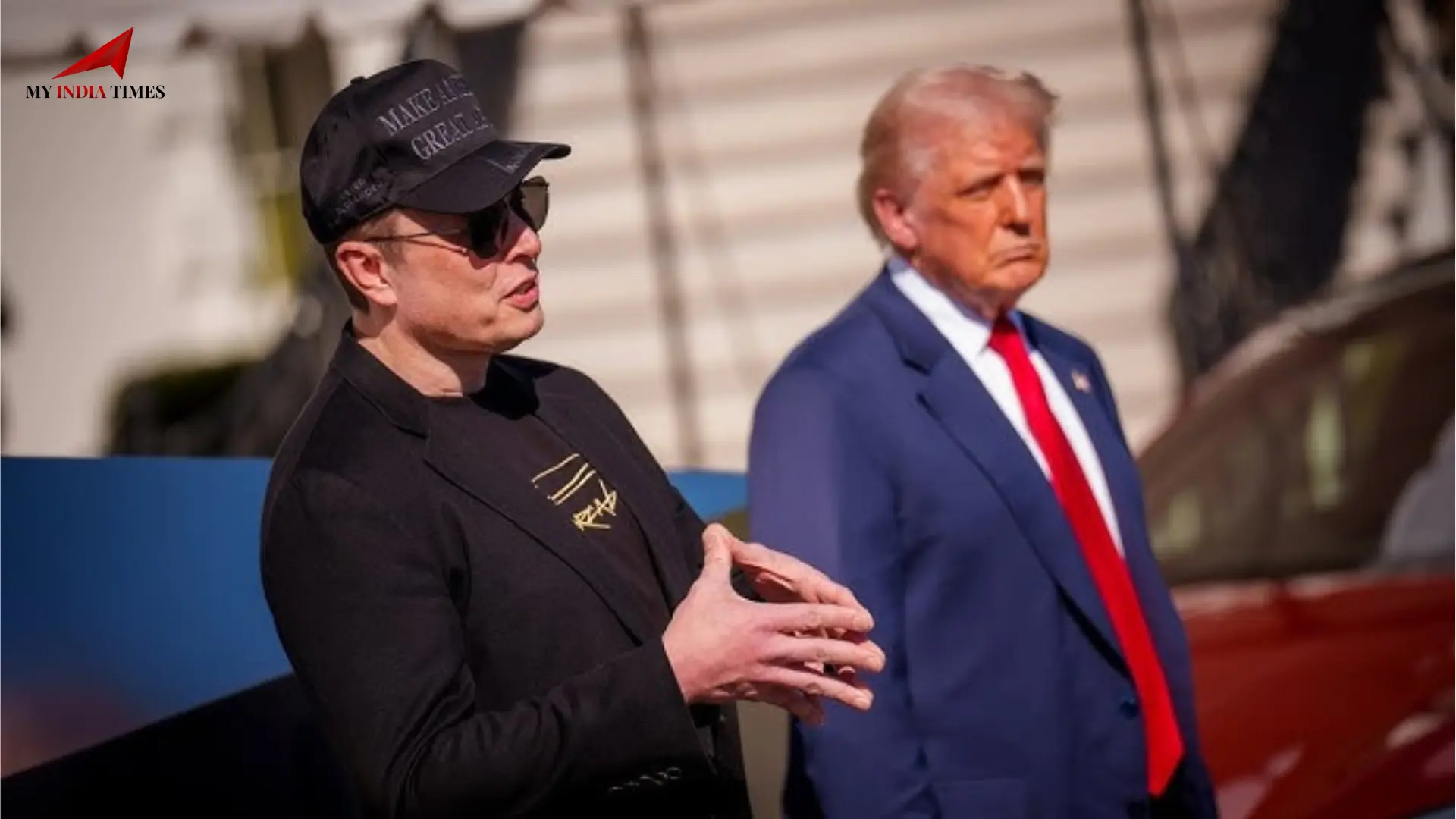


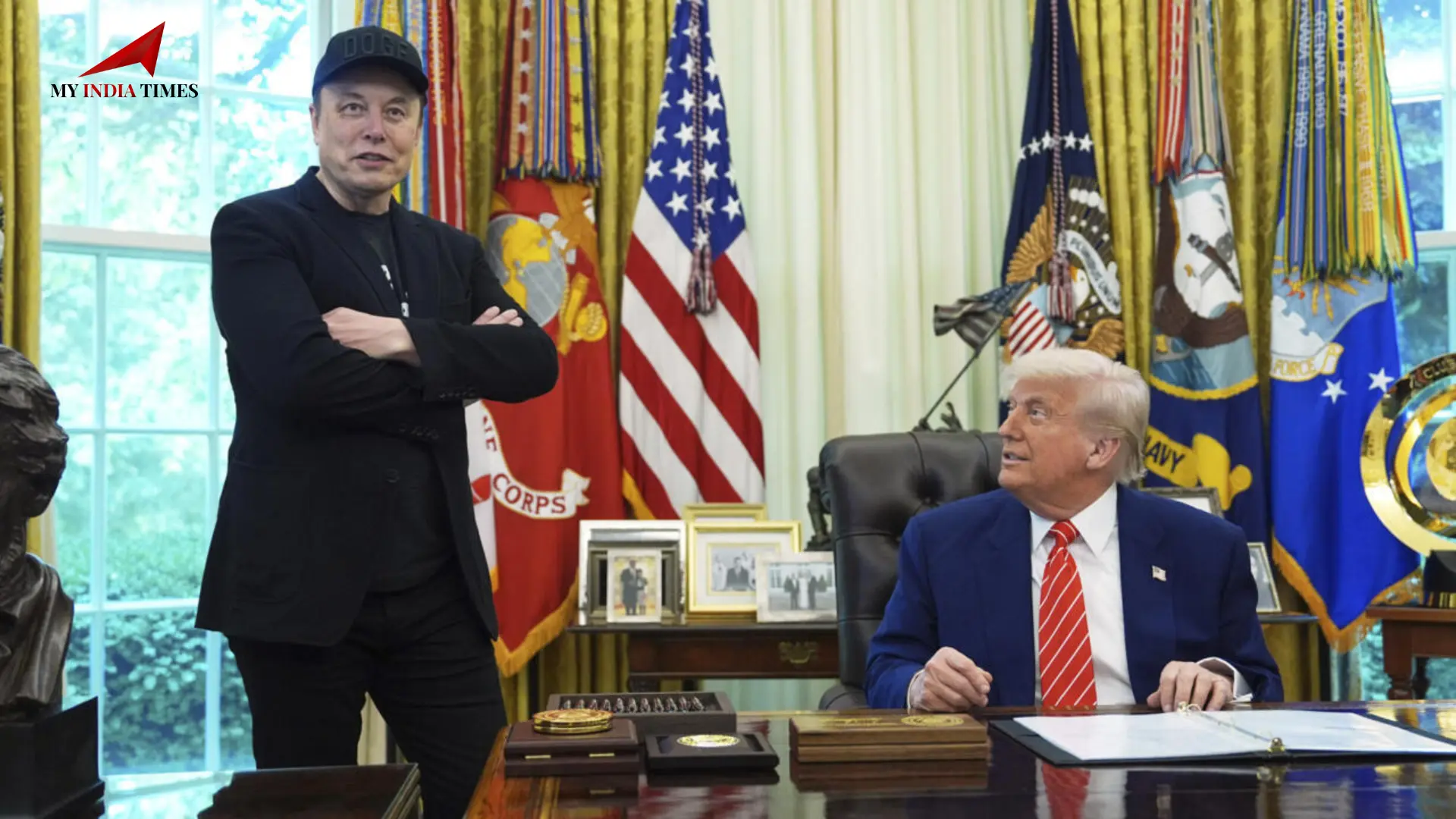



















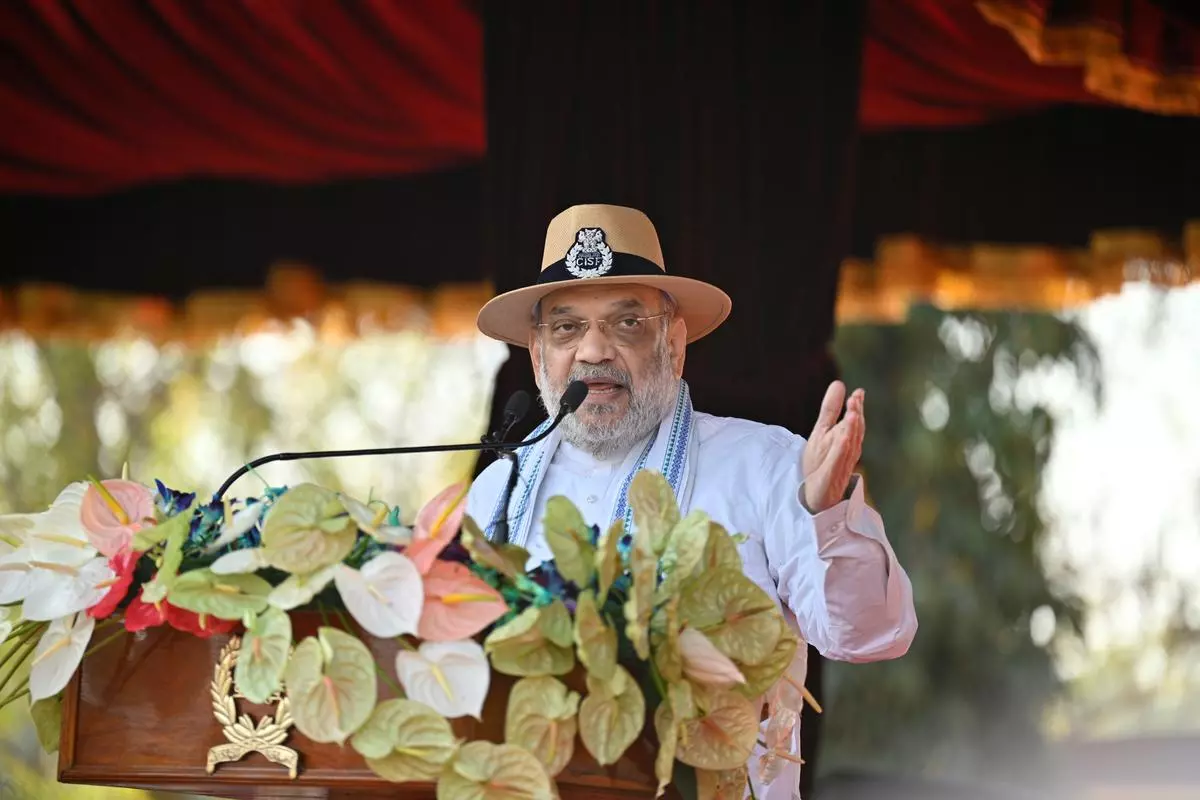
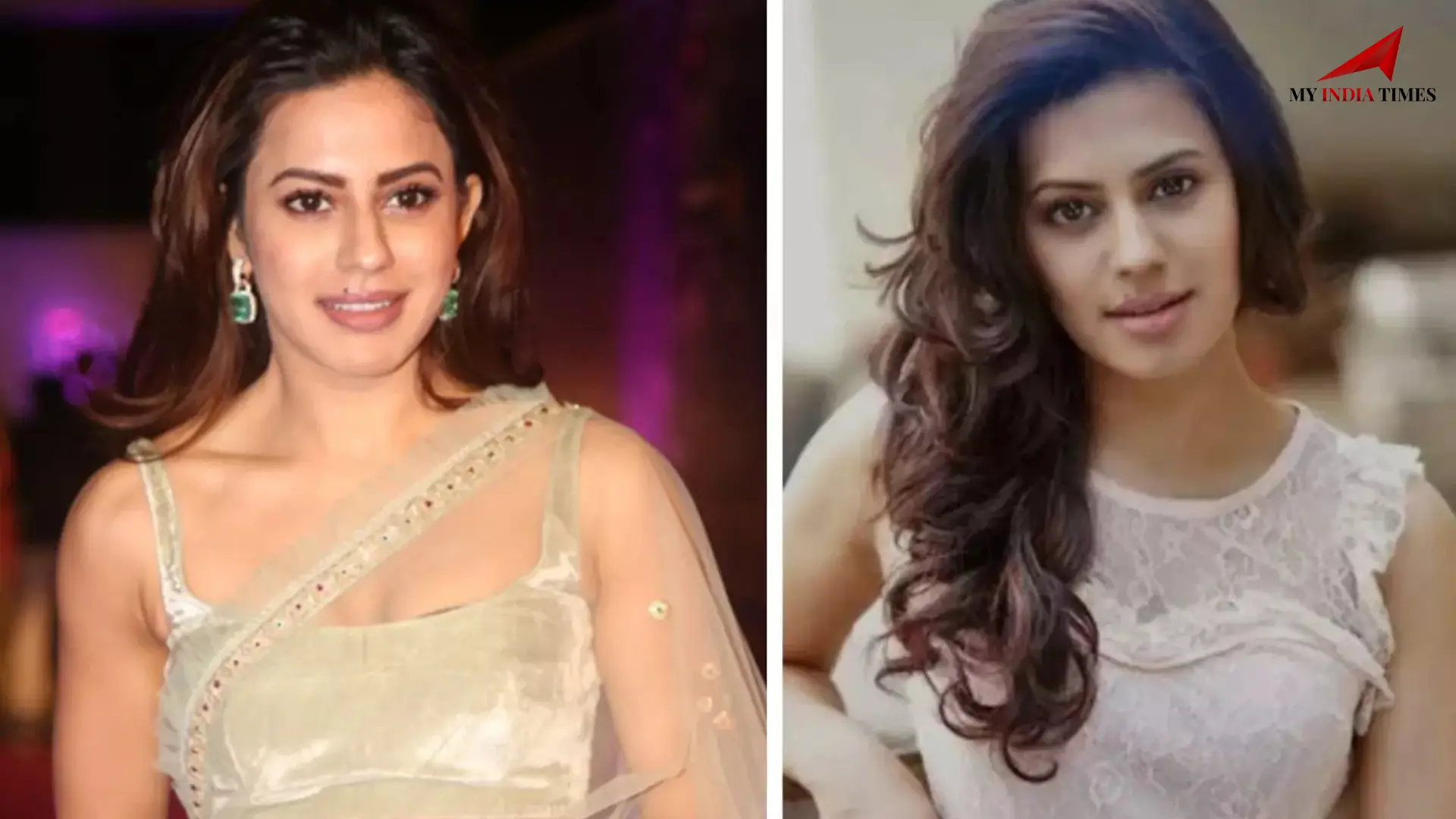




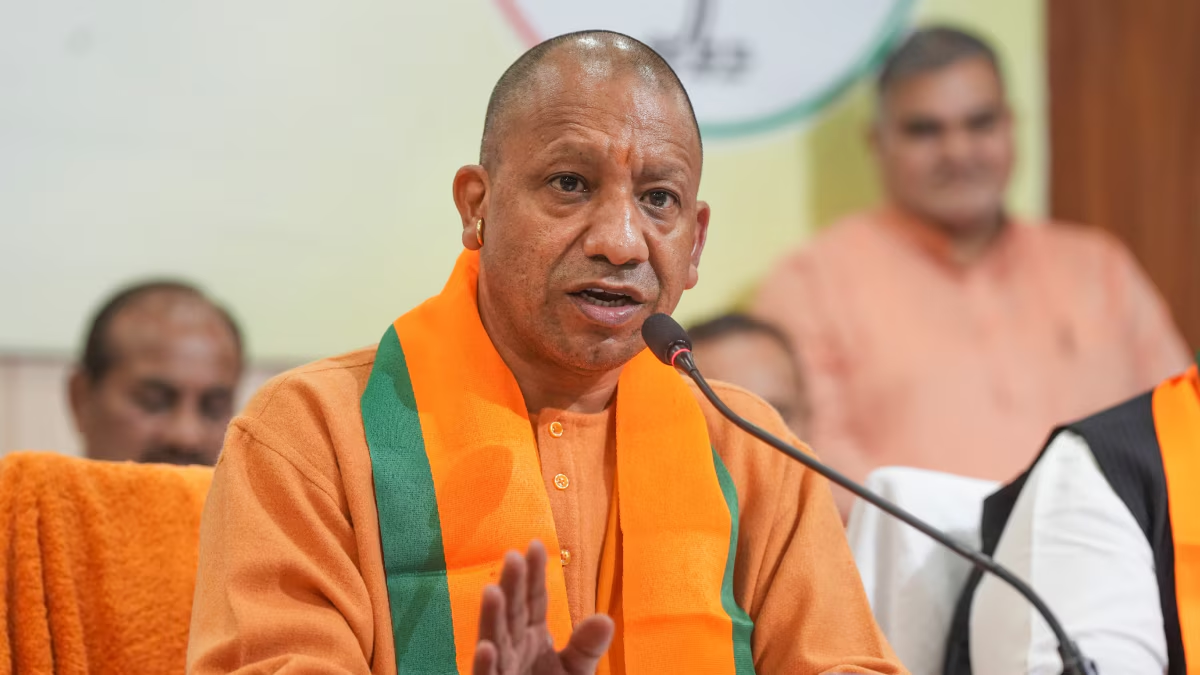


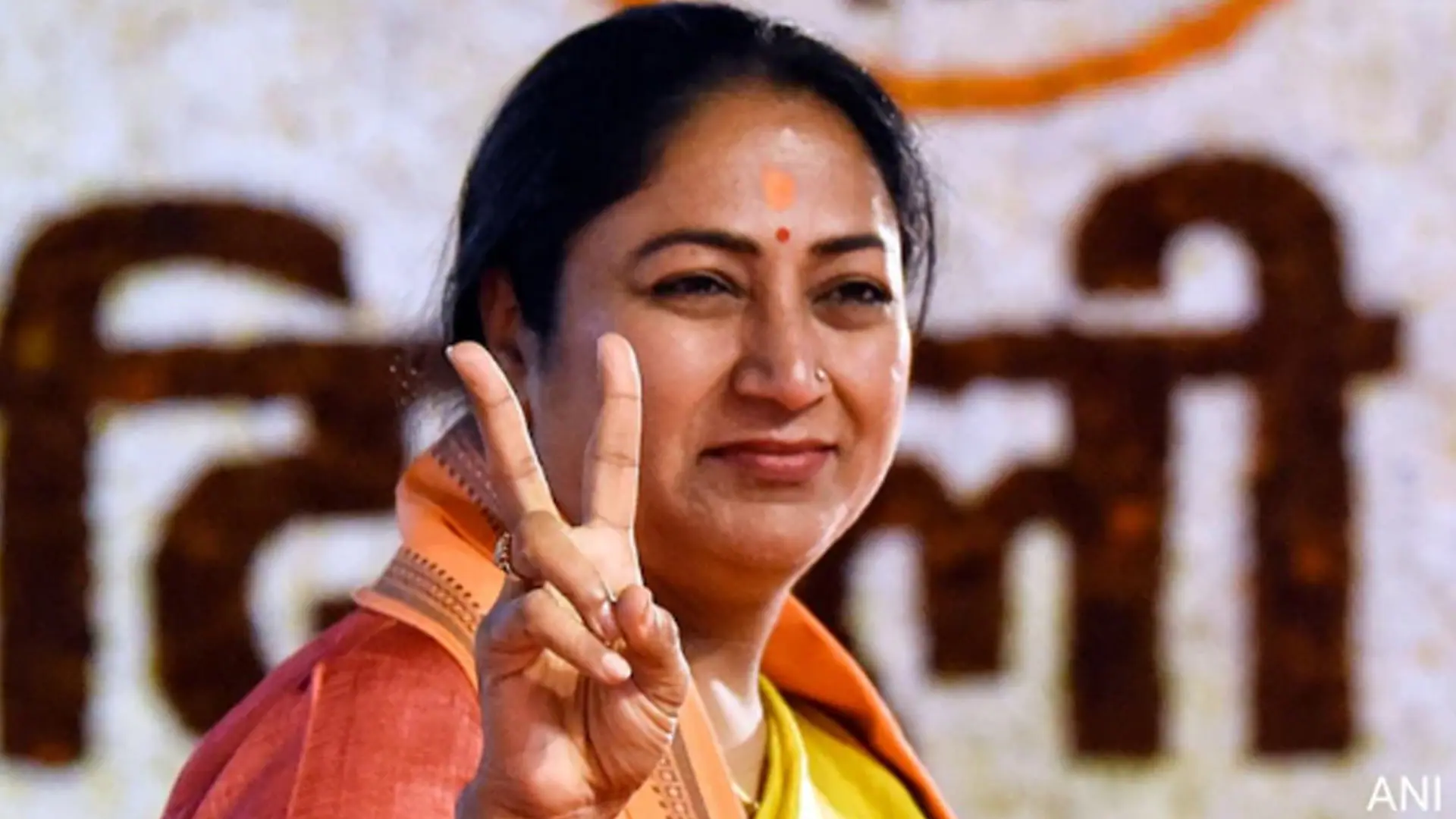



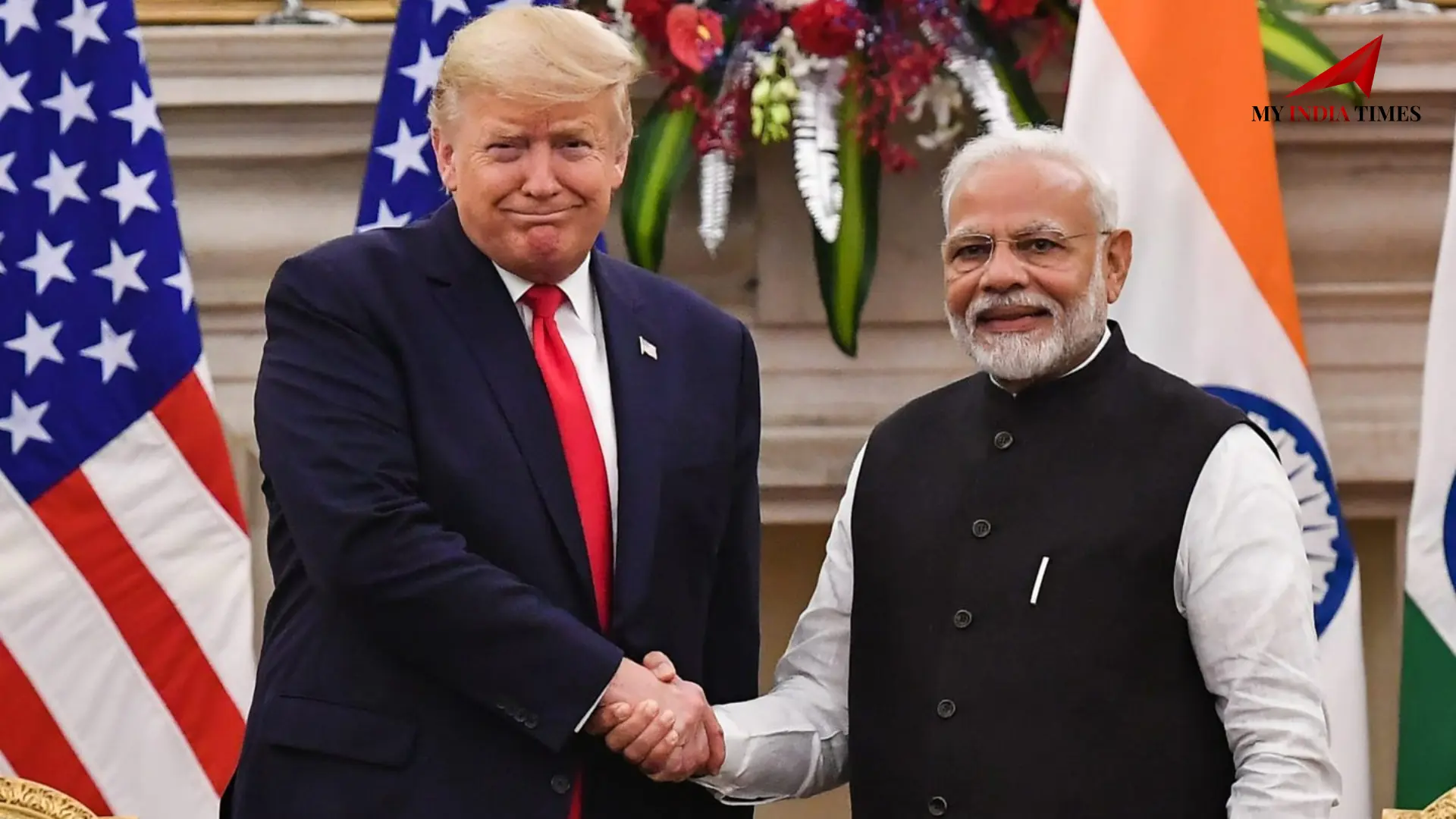

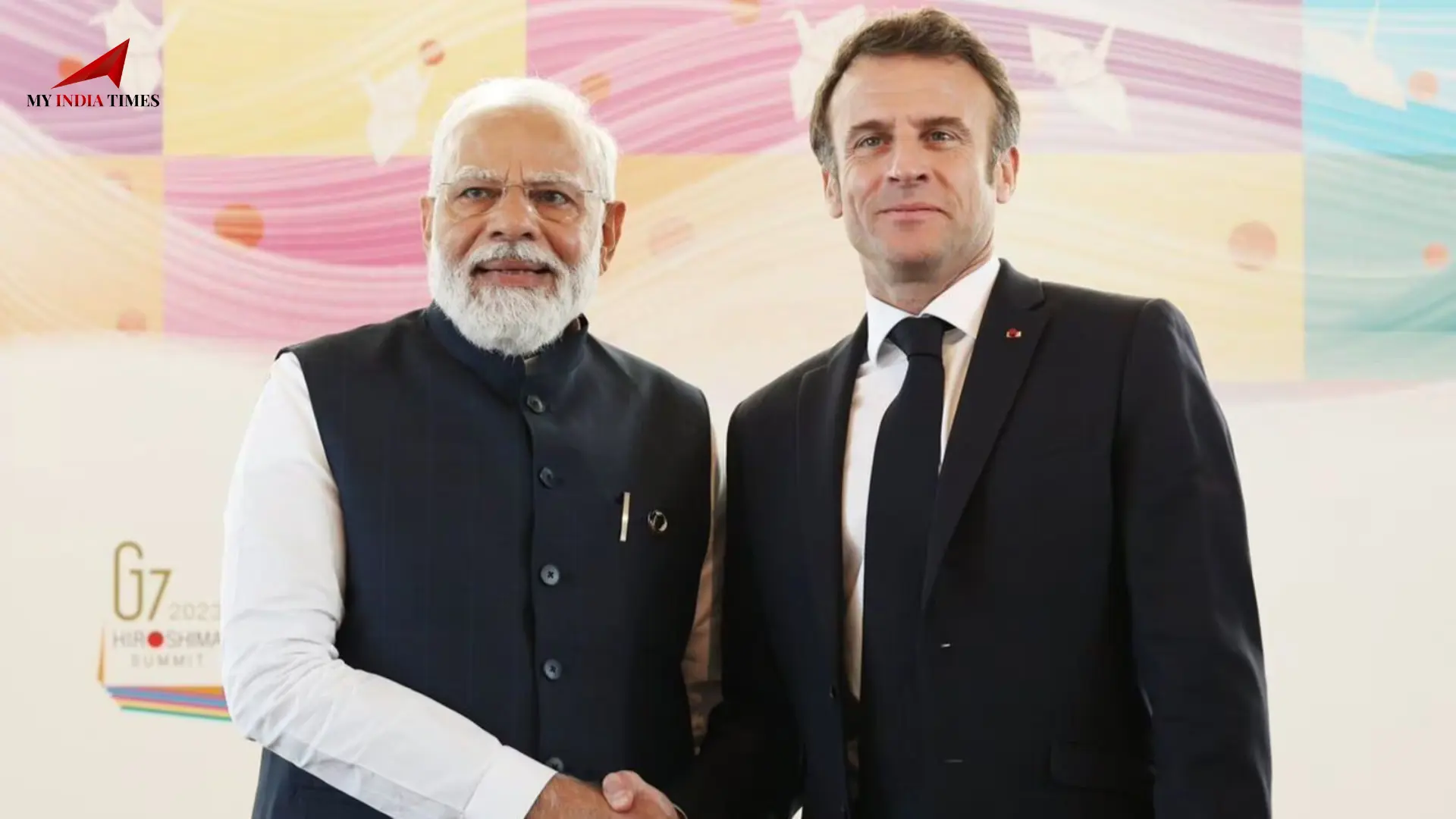



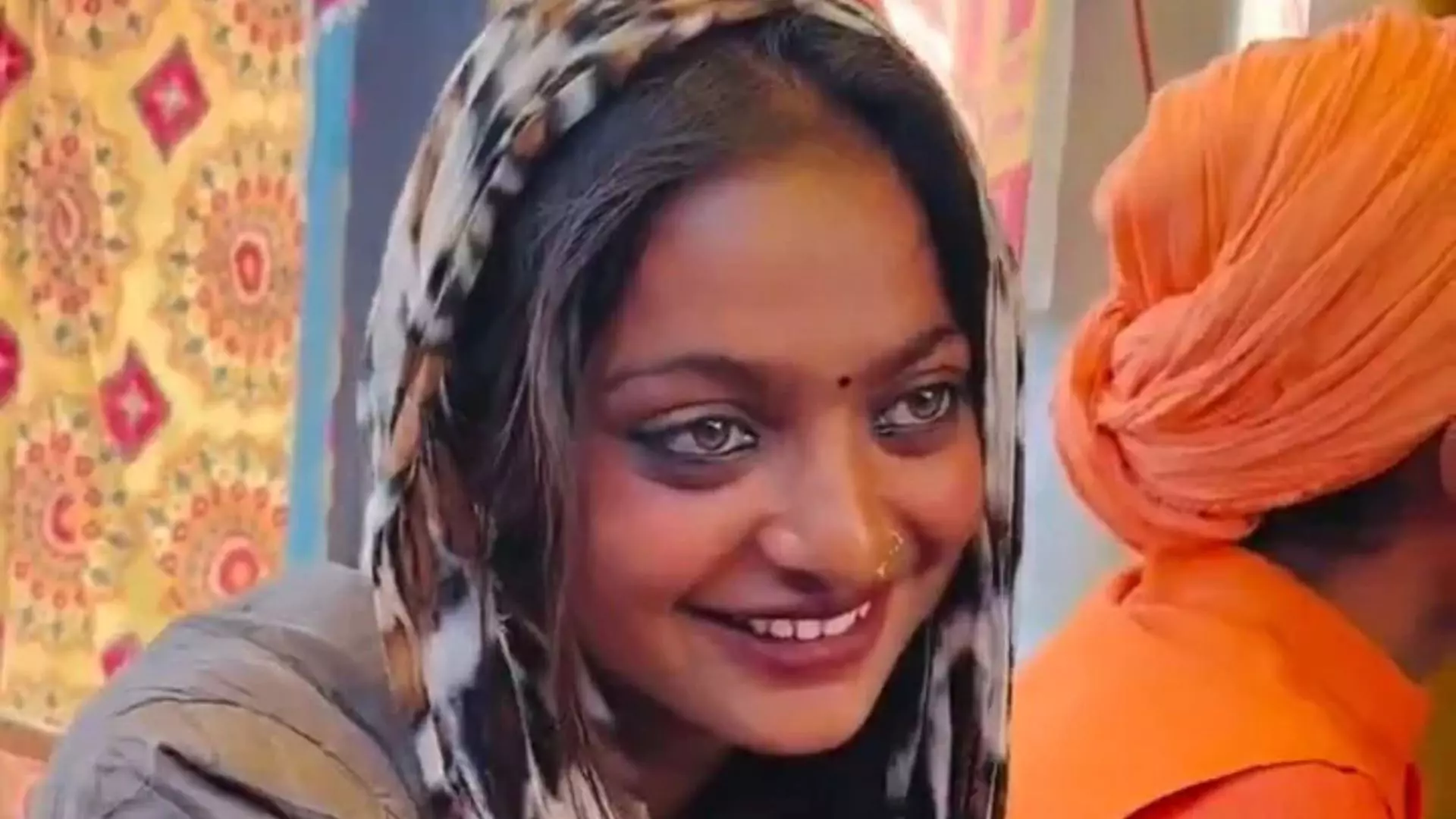

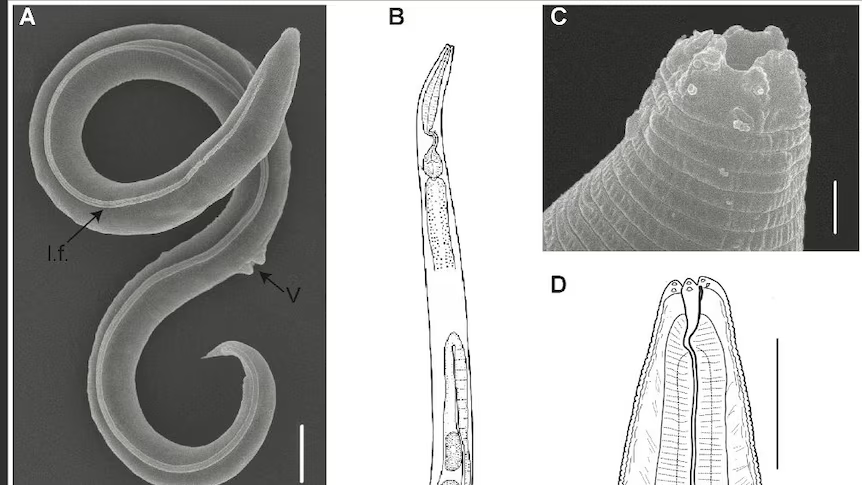
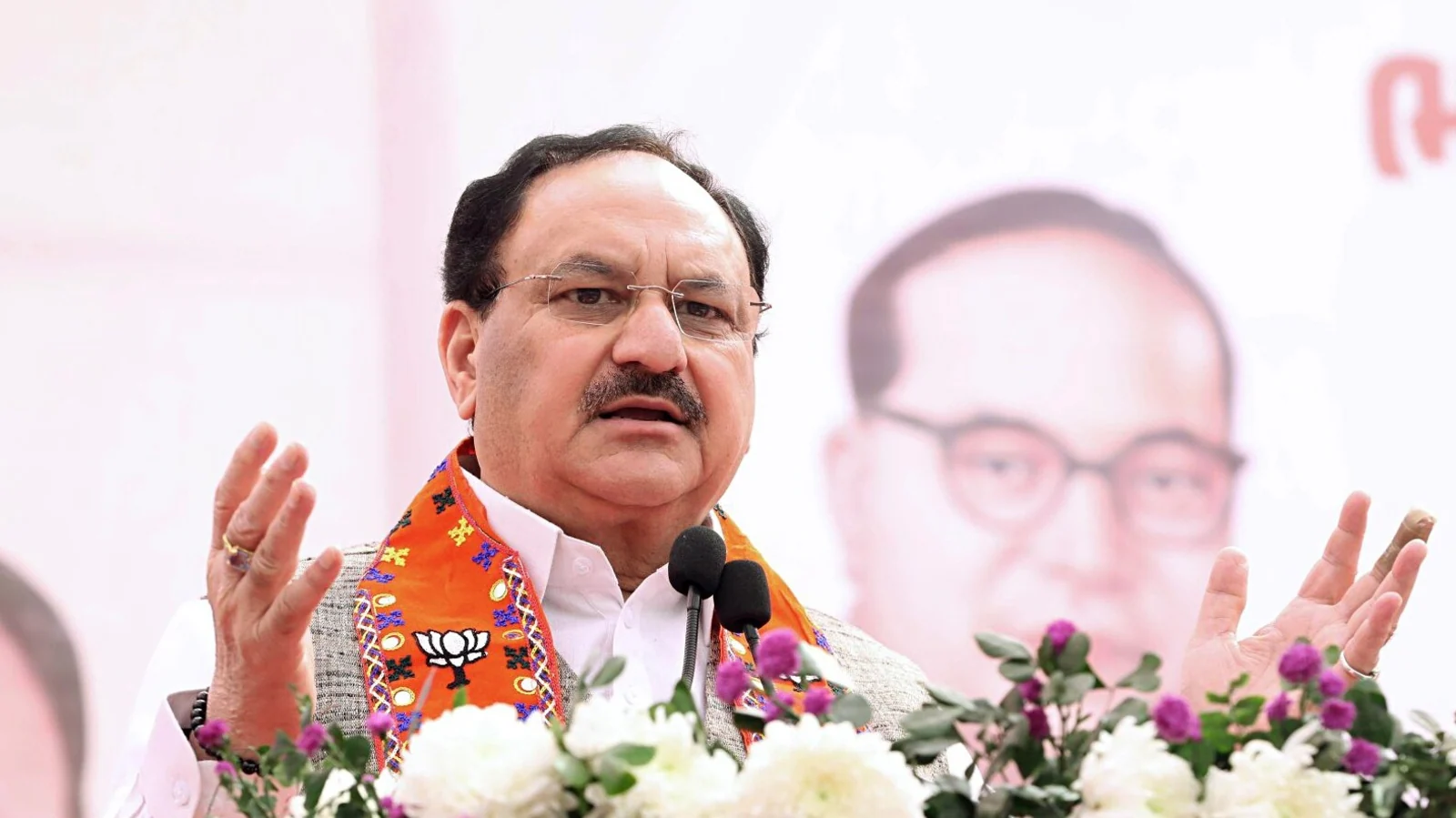



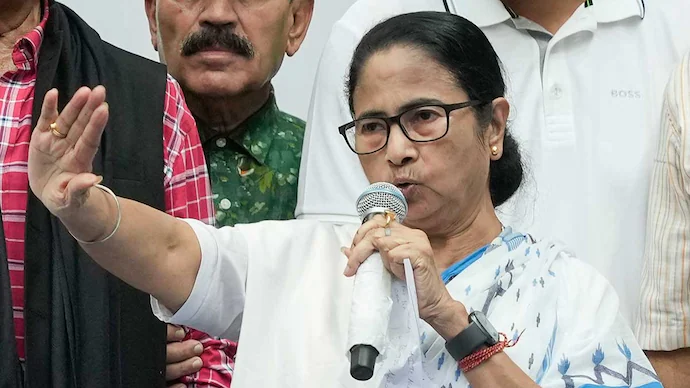


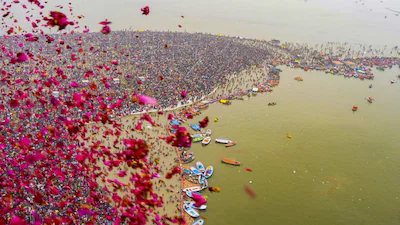


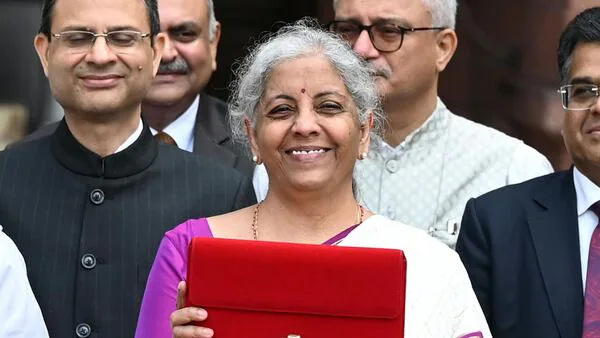




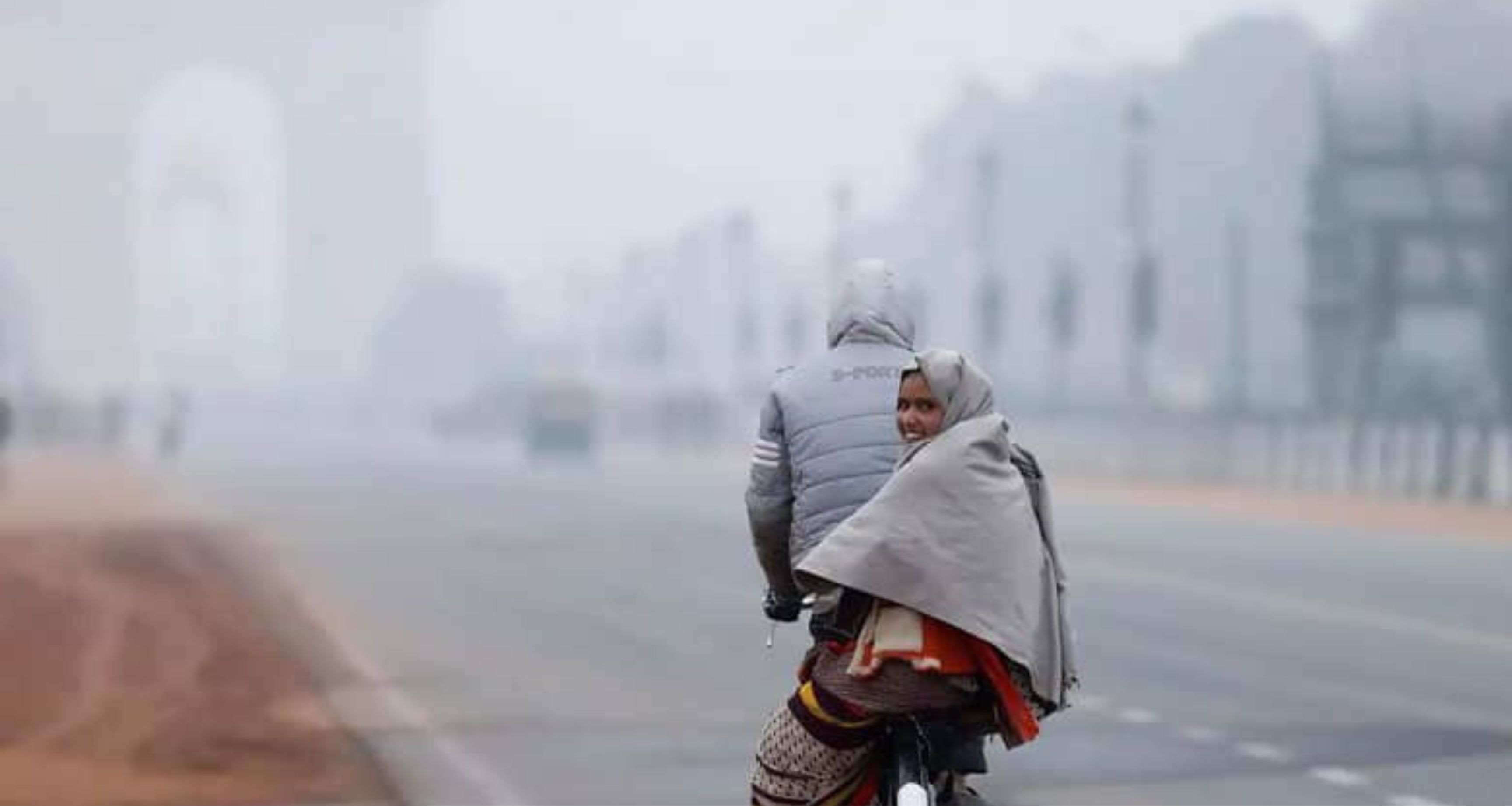
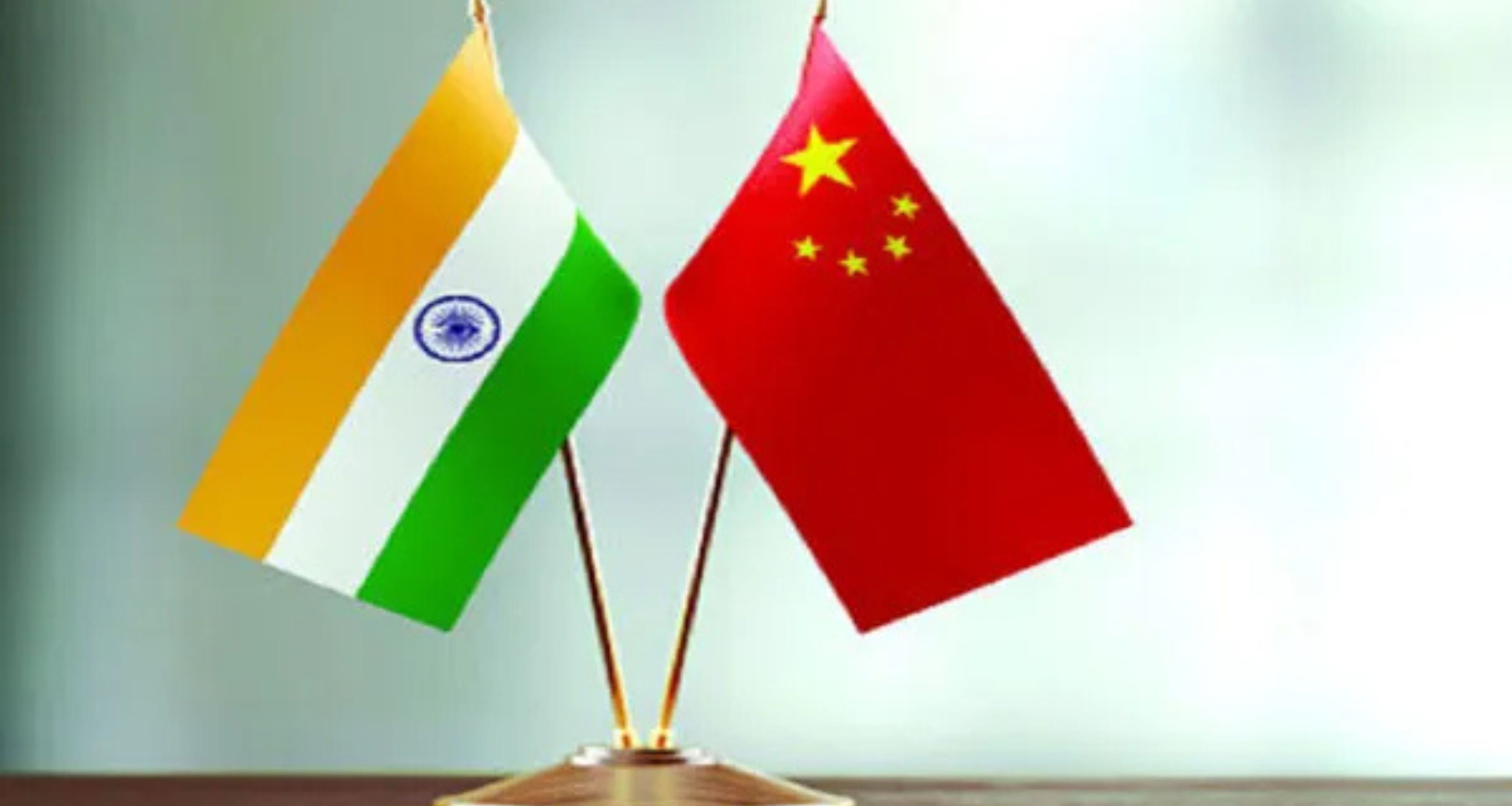
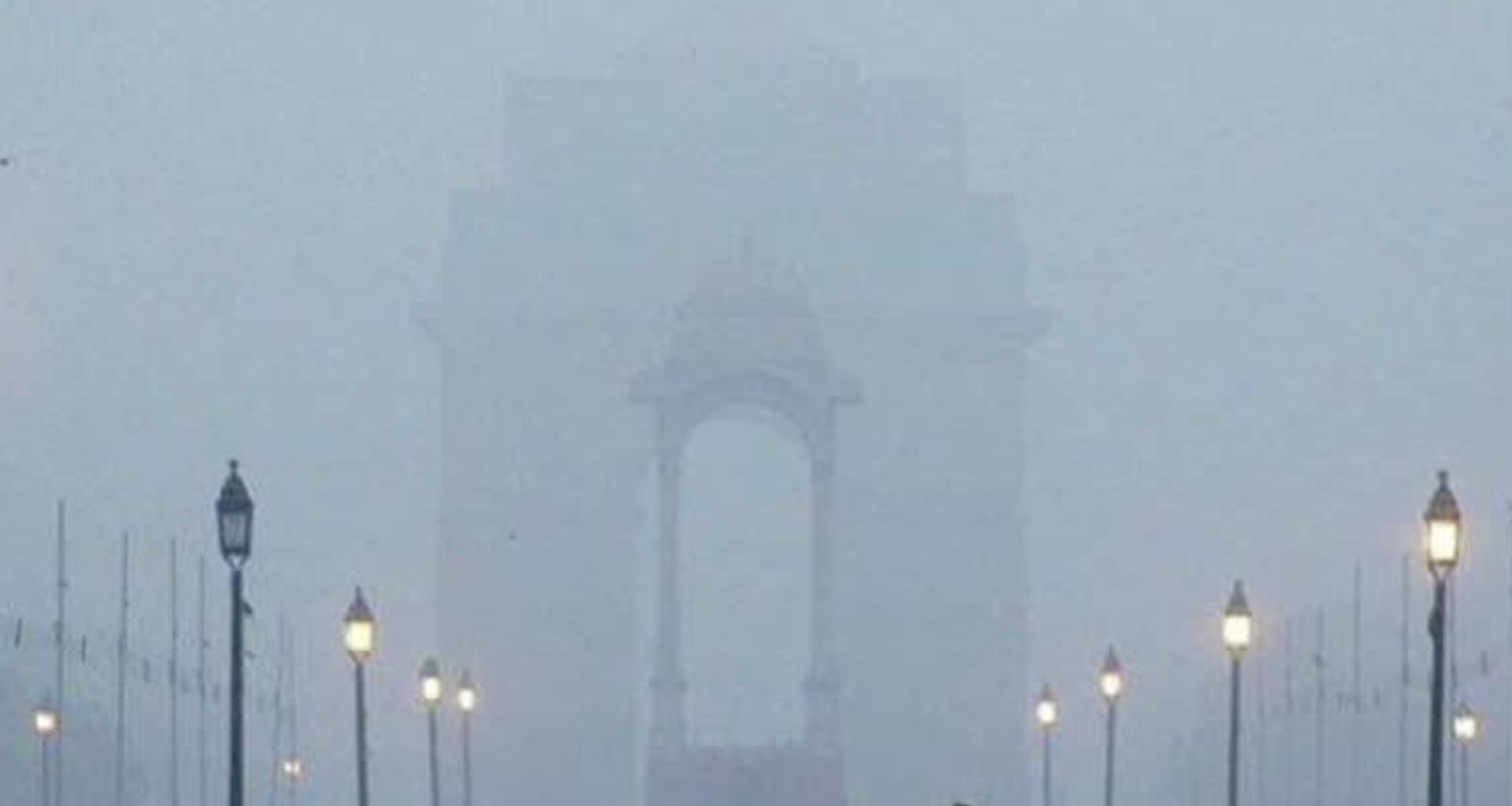

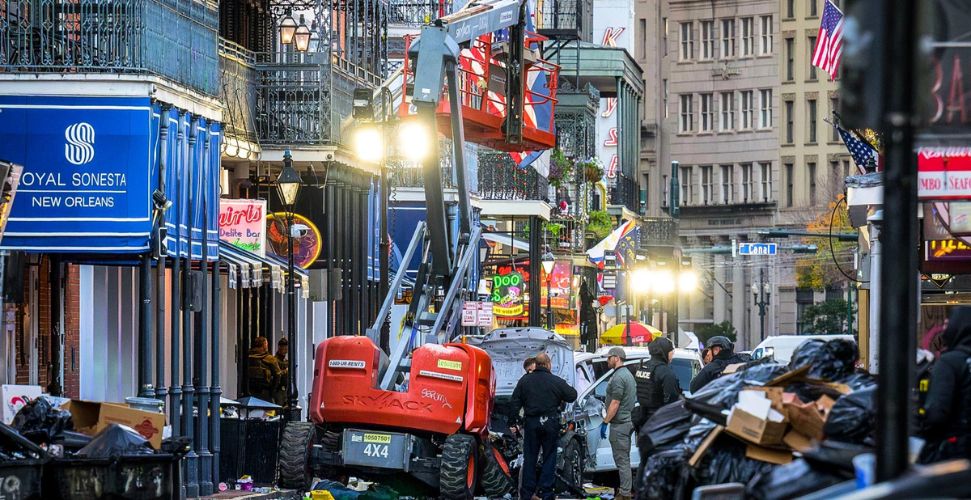
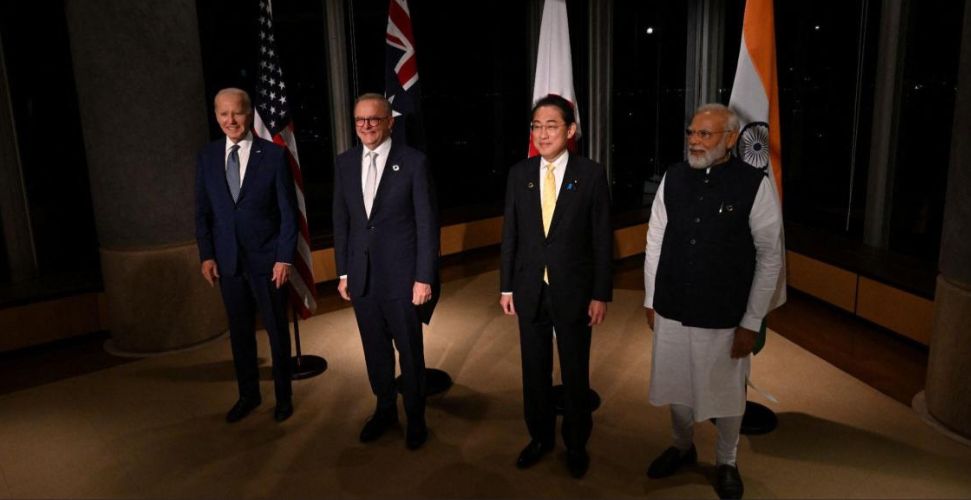
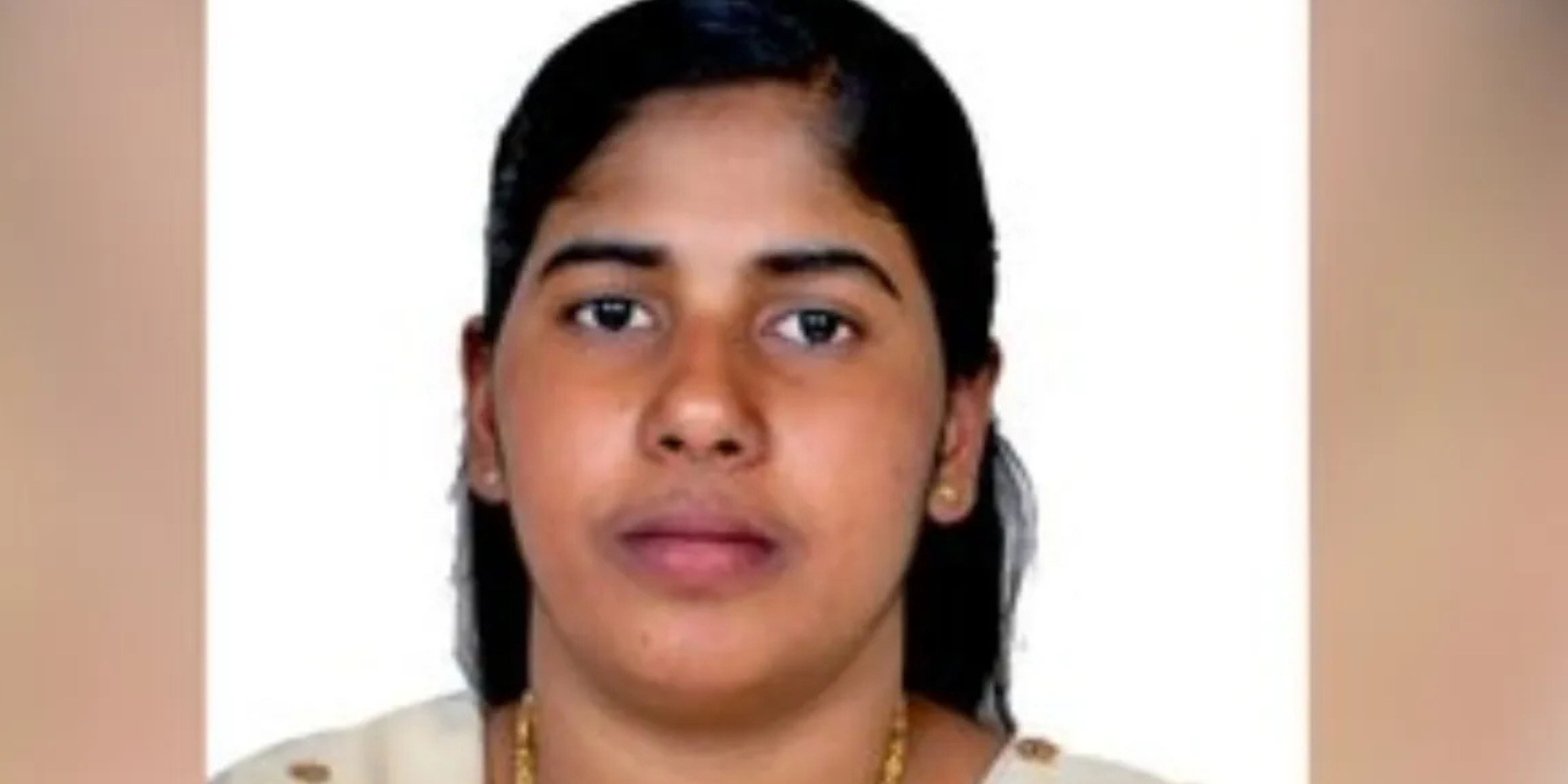
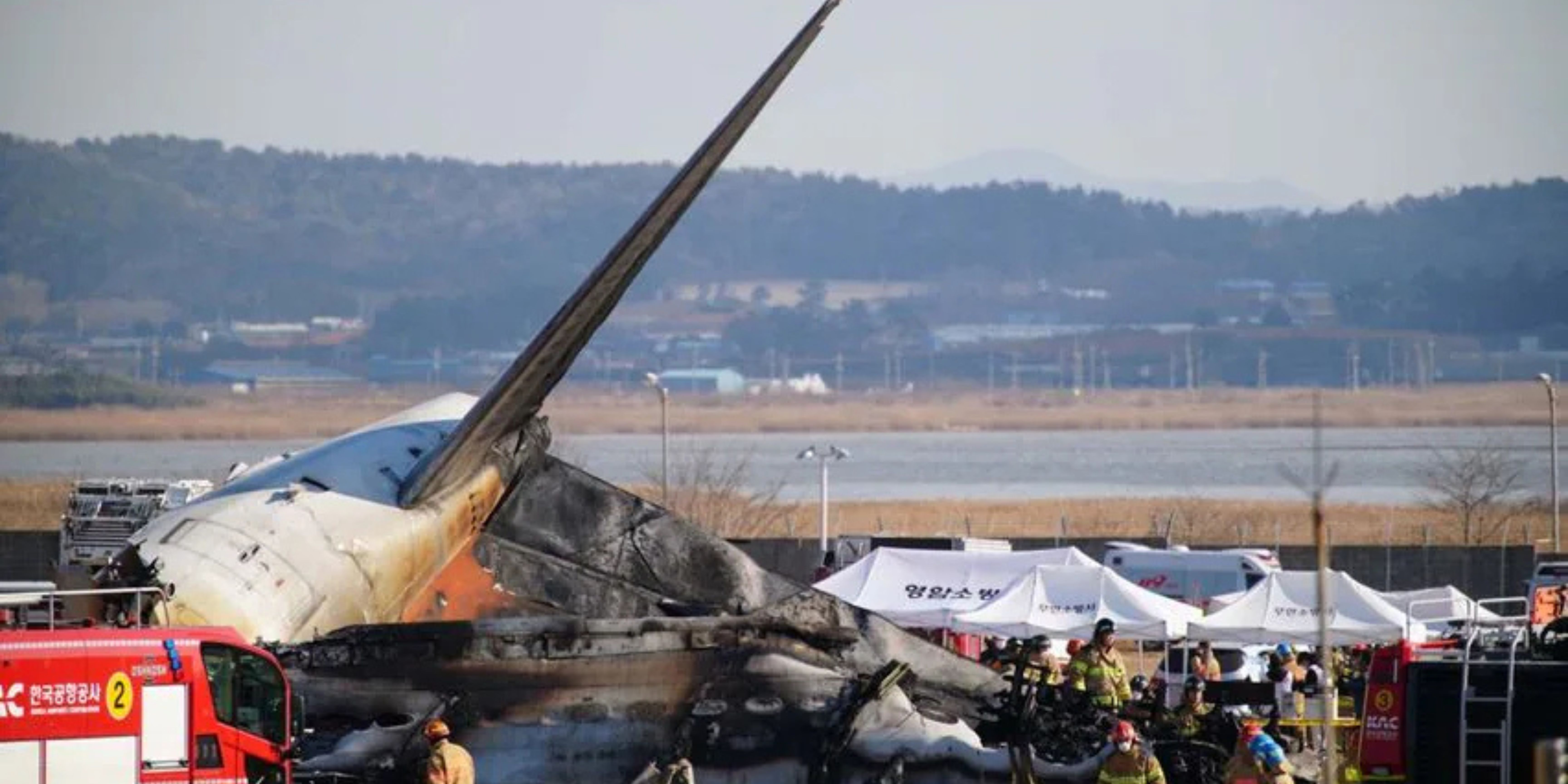
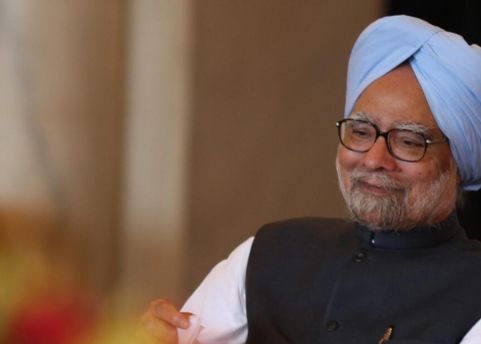

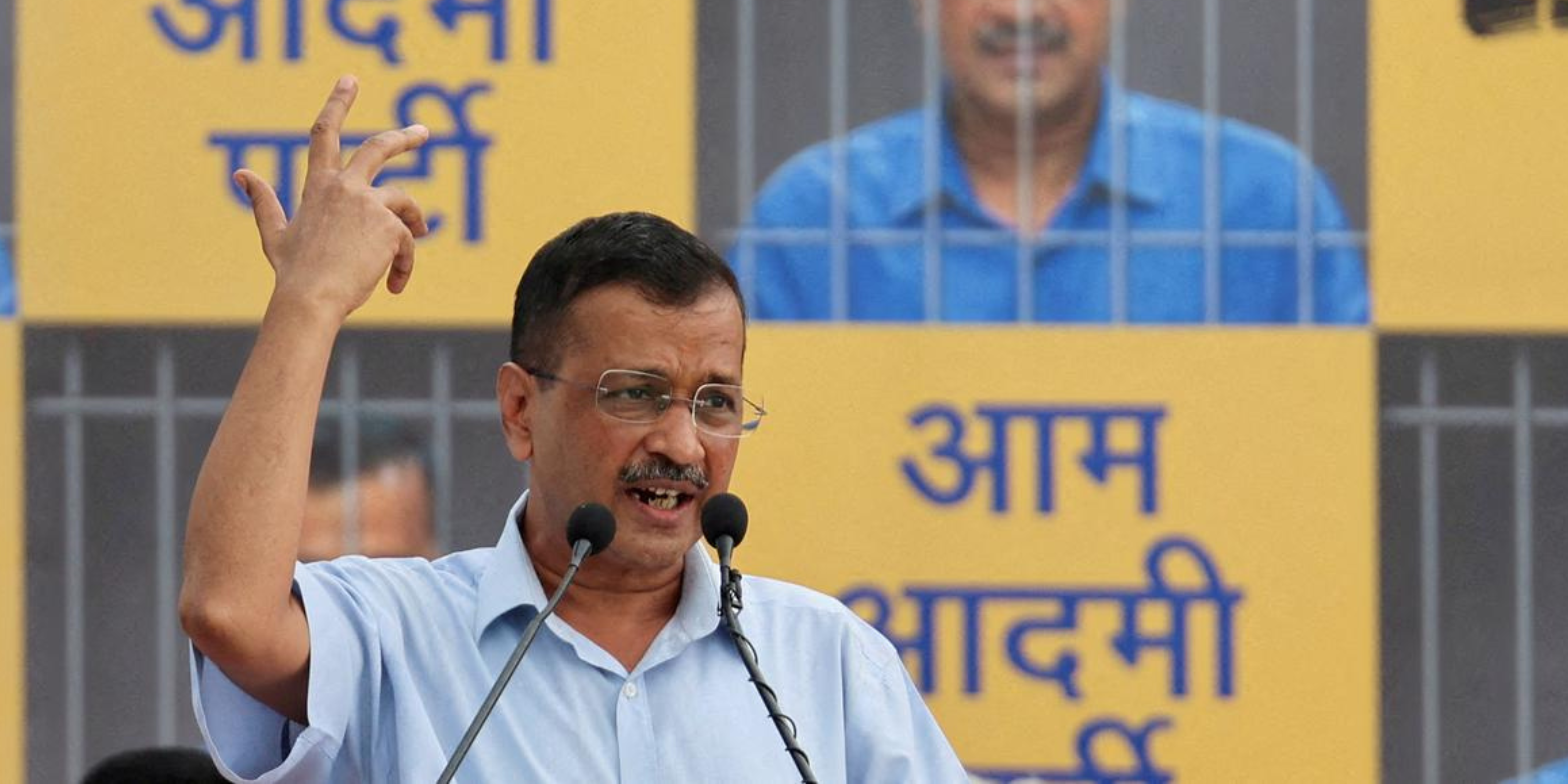

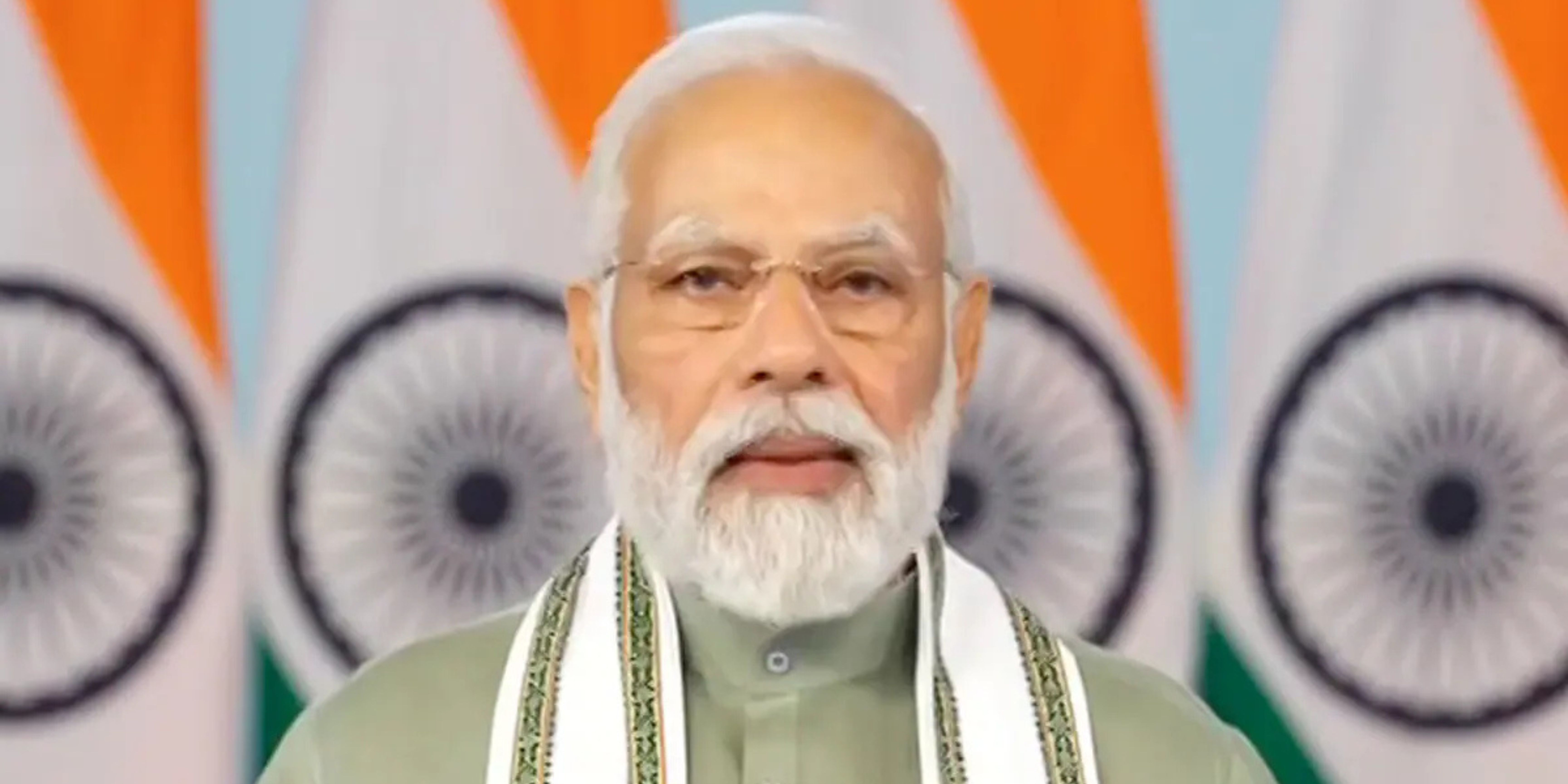





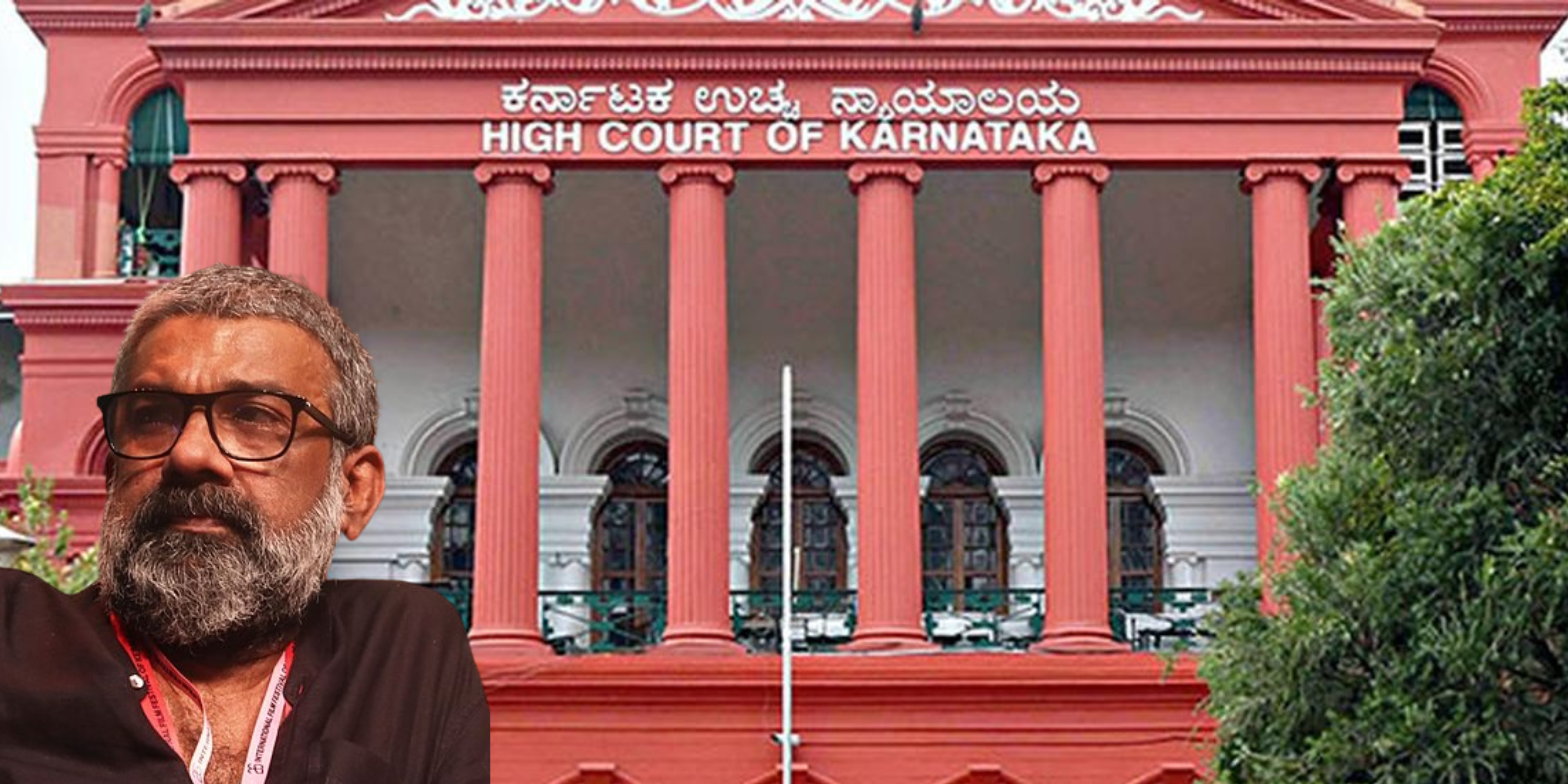
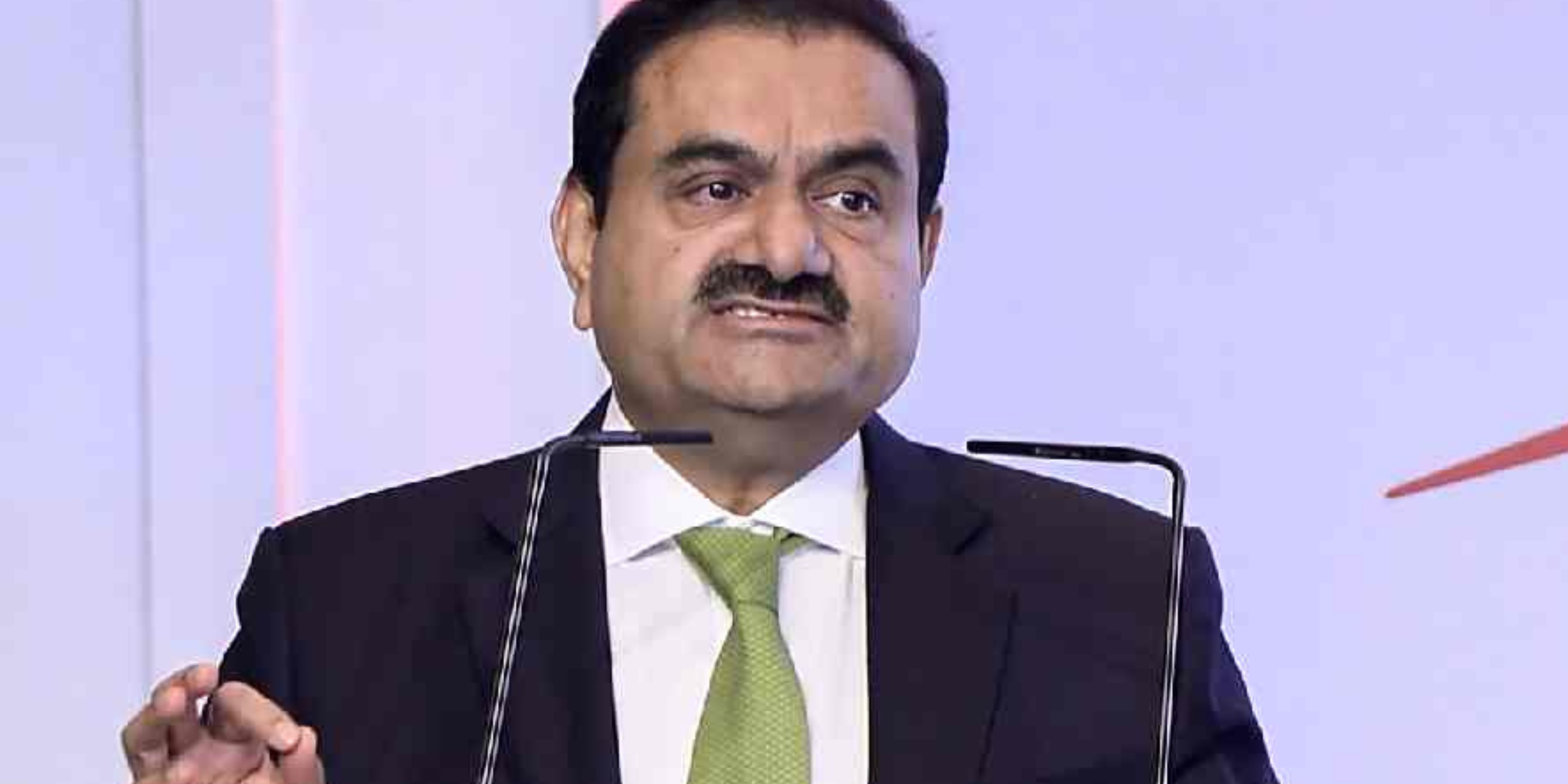


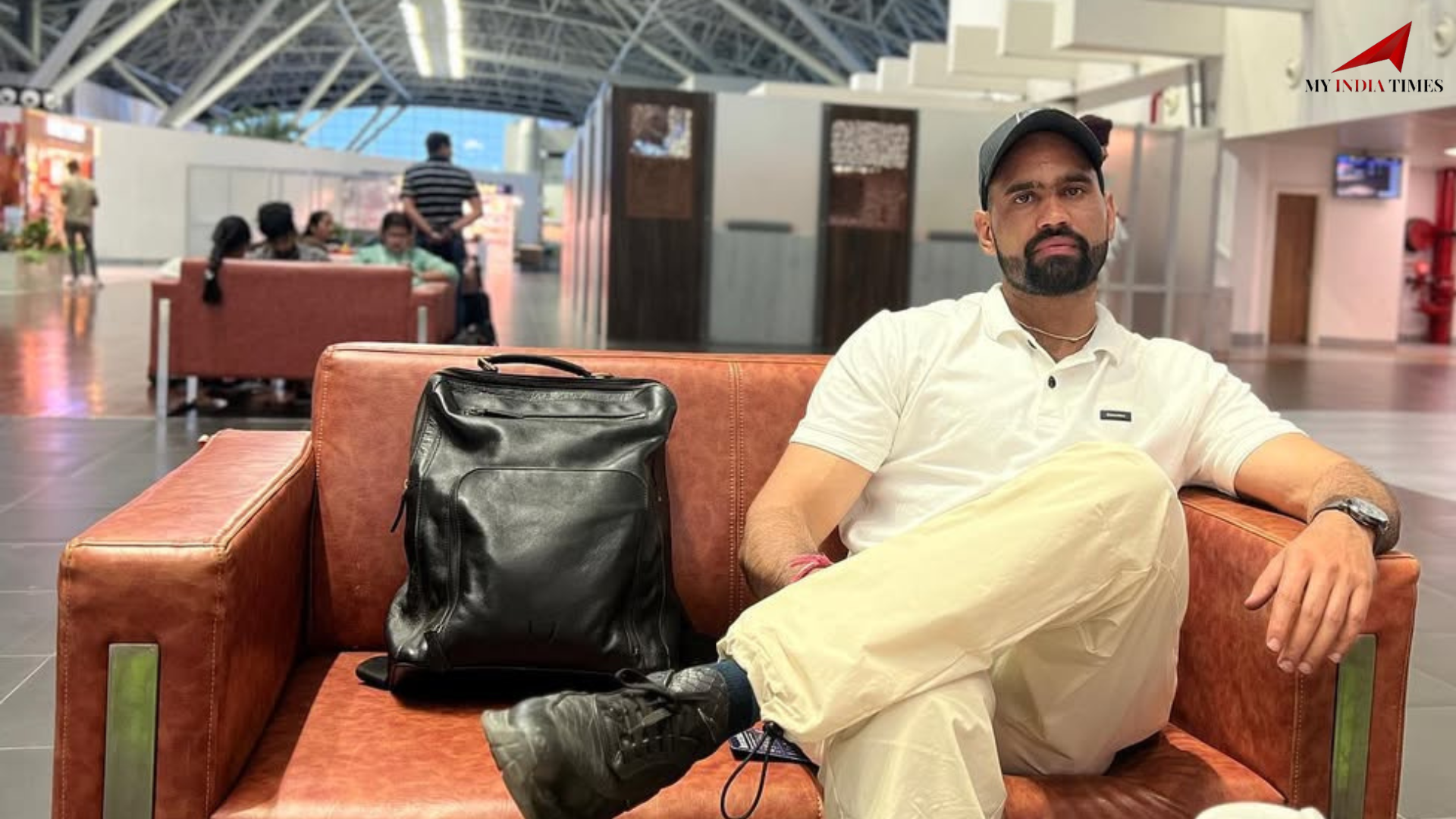


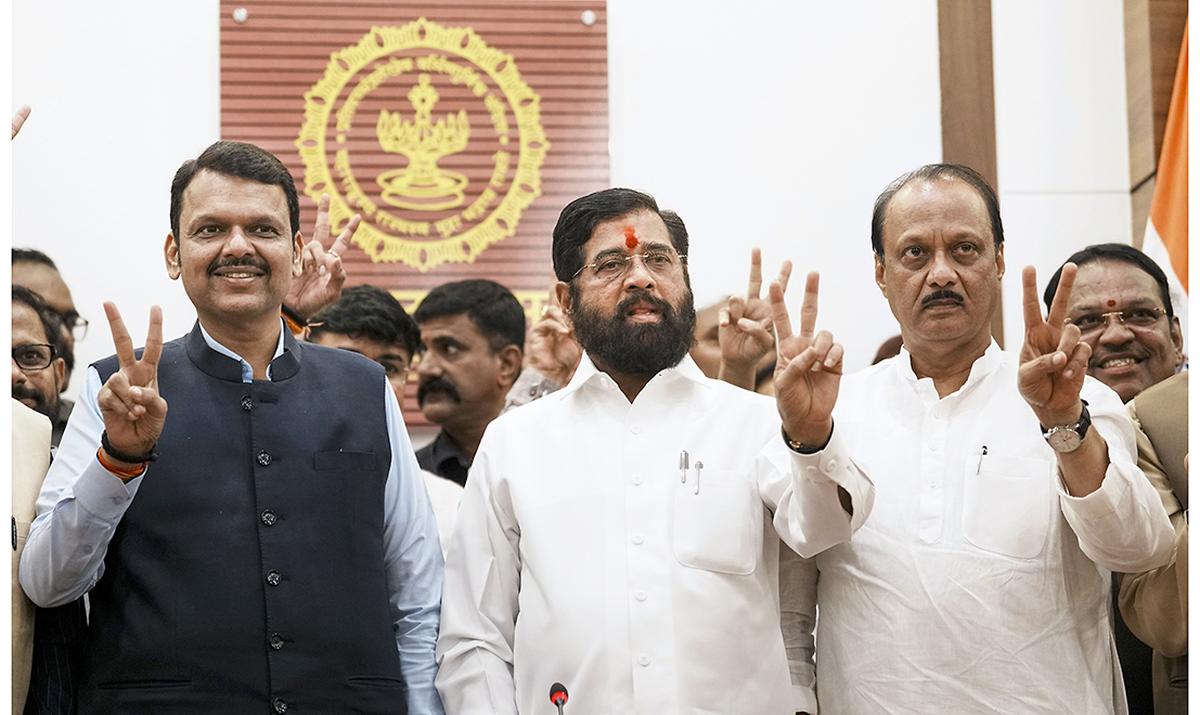
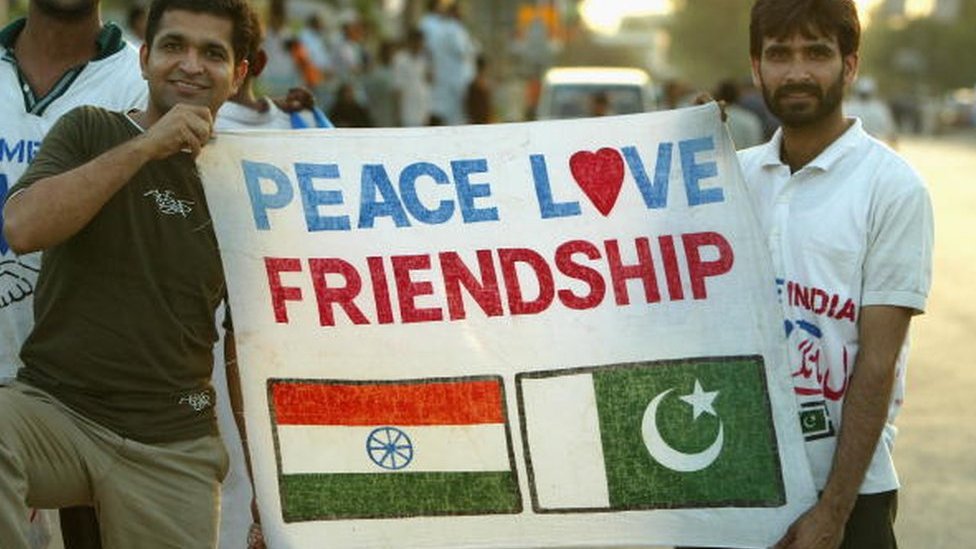



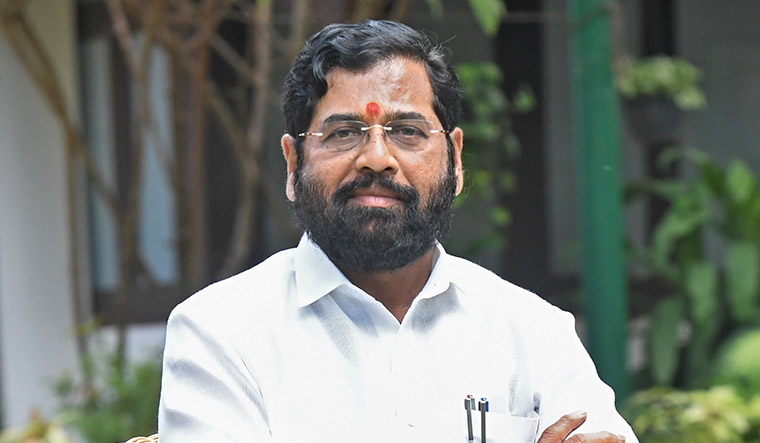
.png)
 (1).png)

